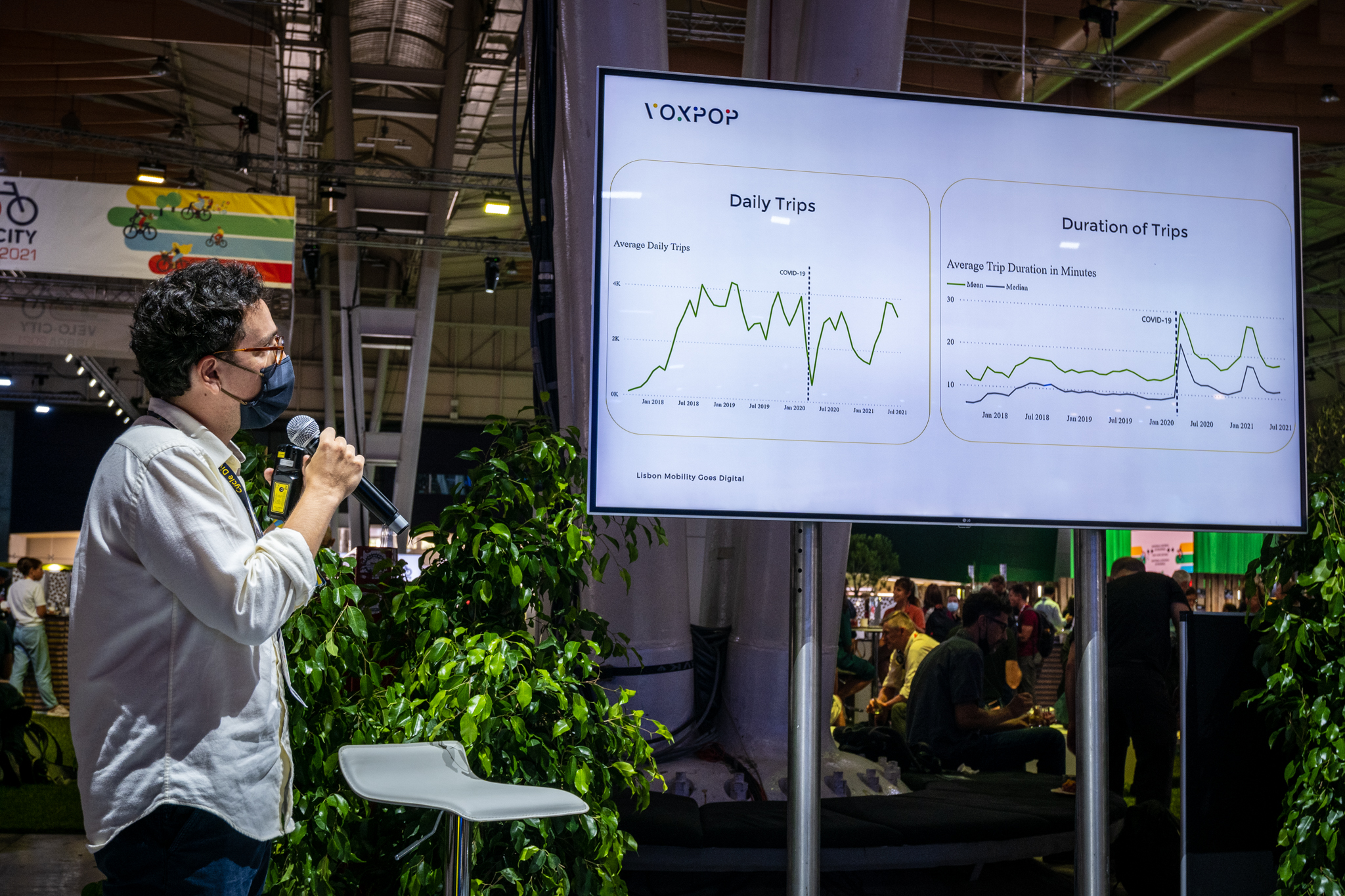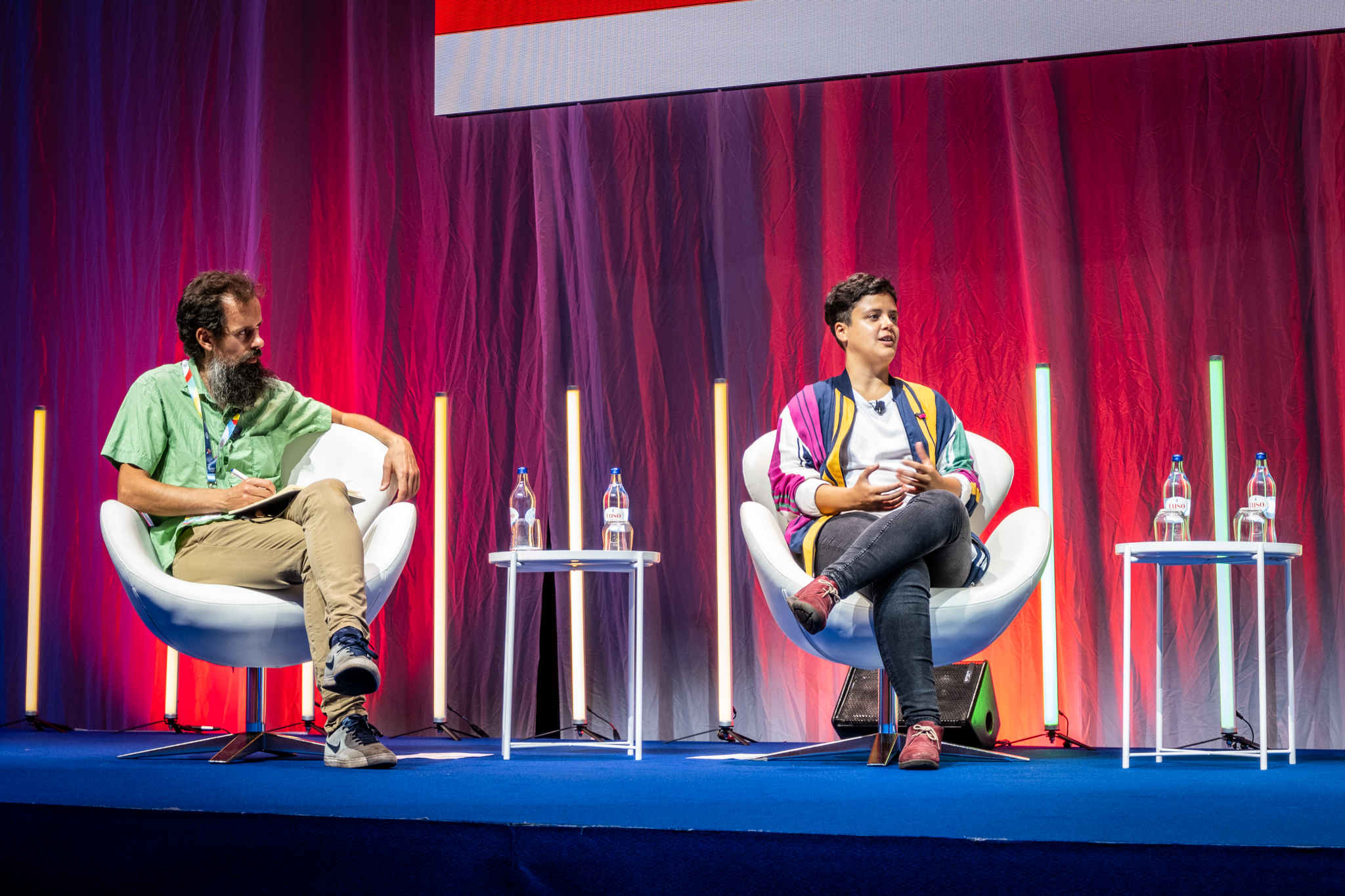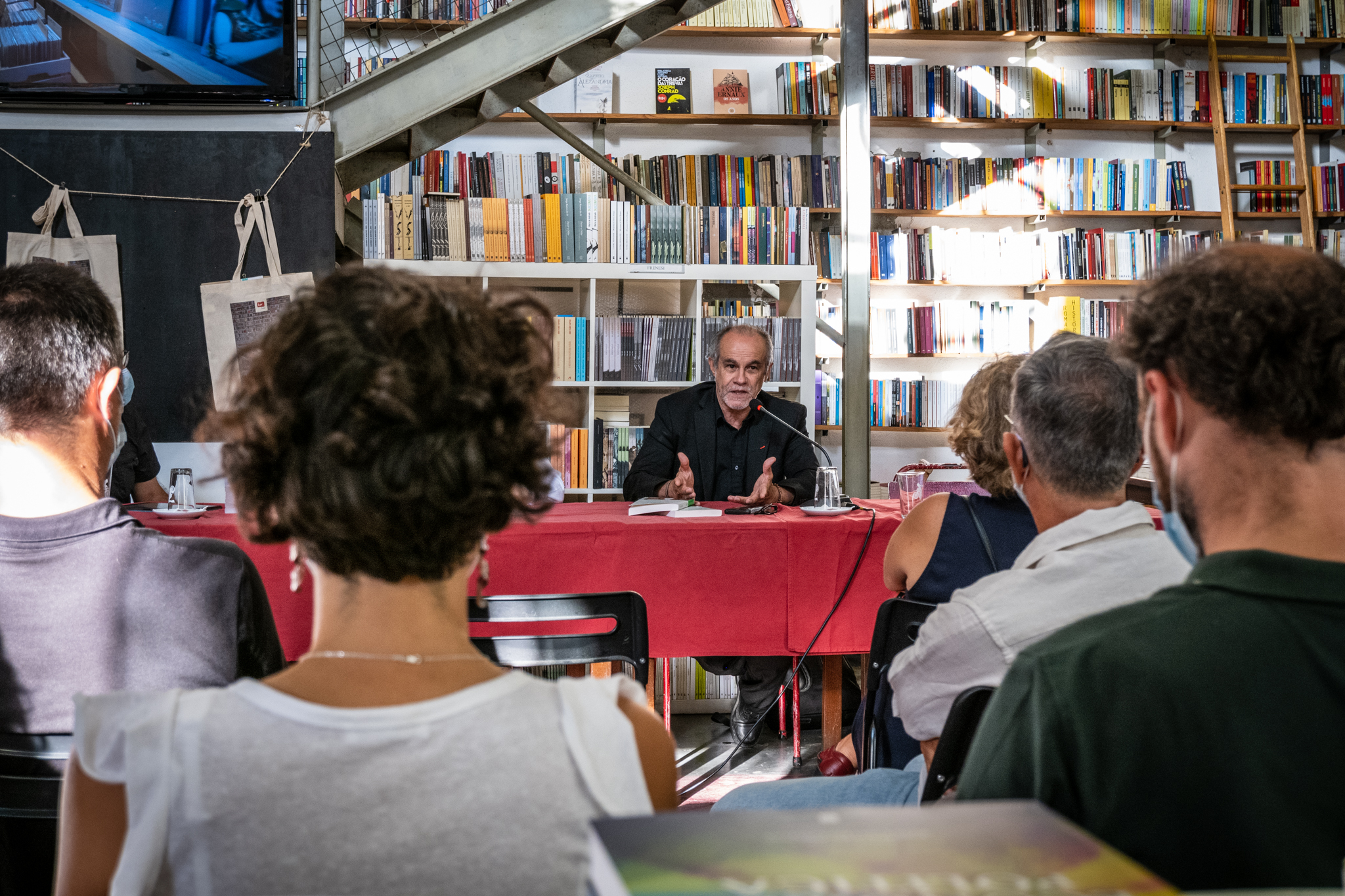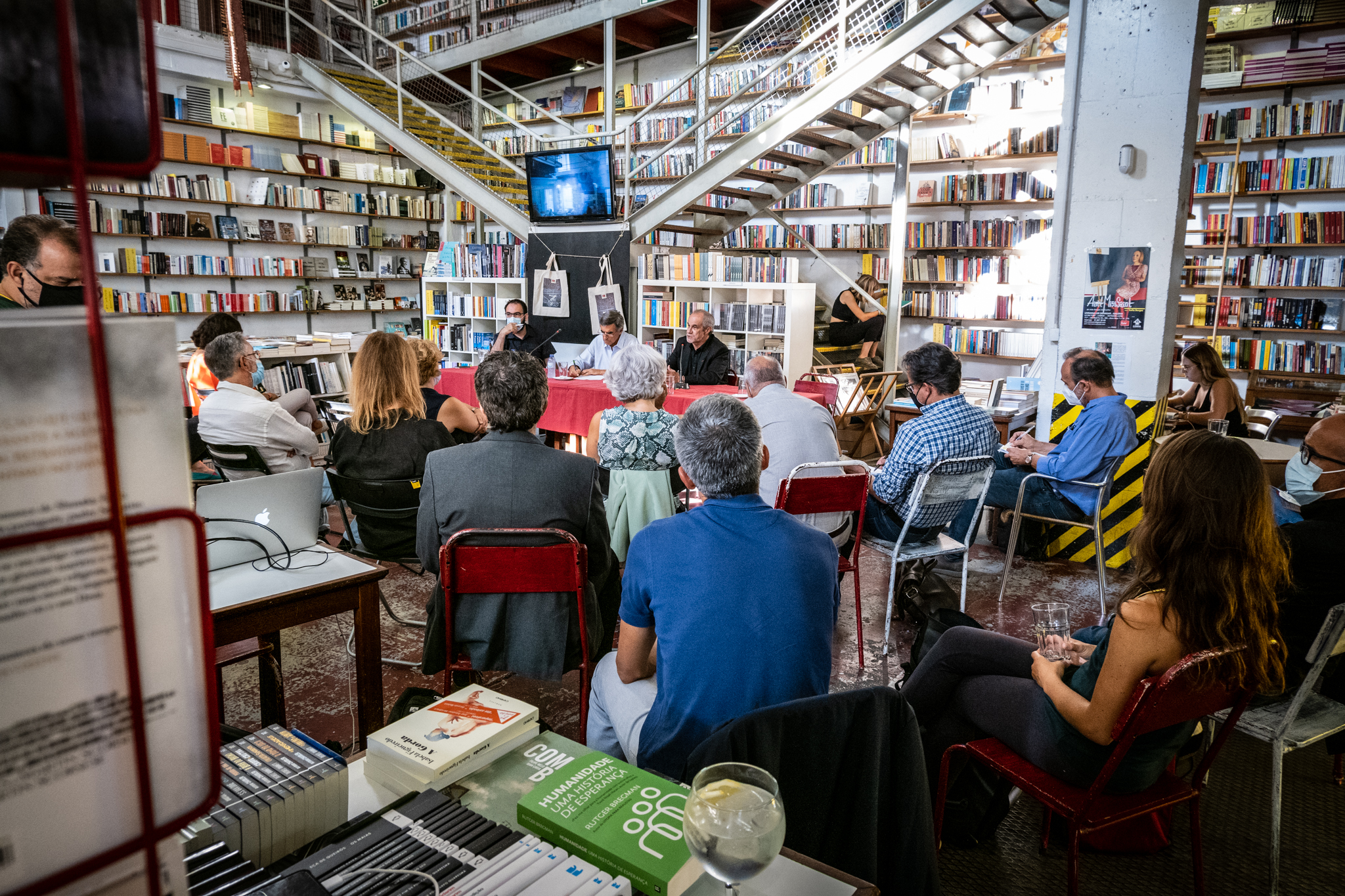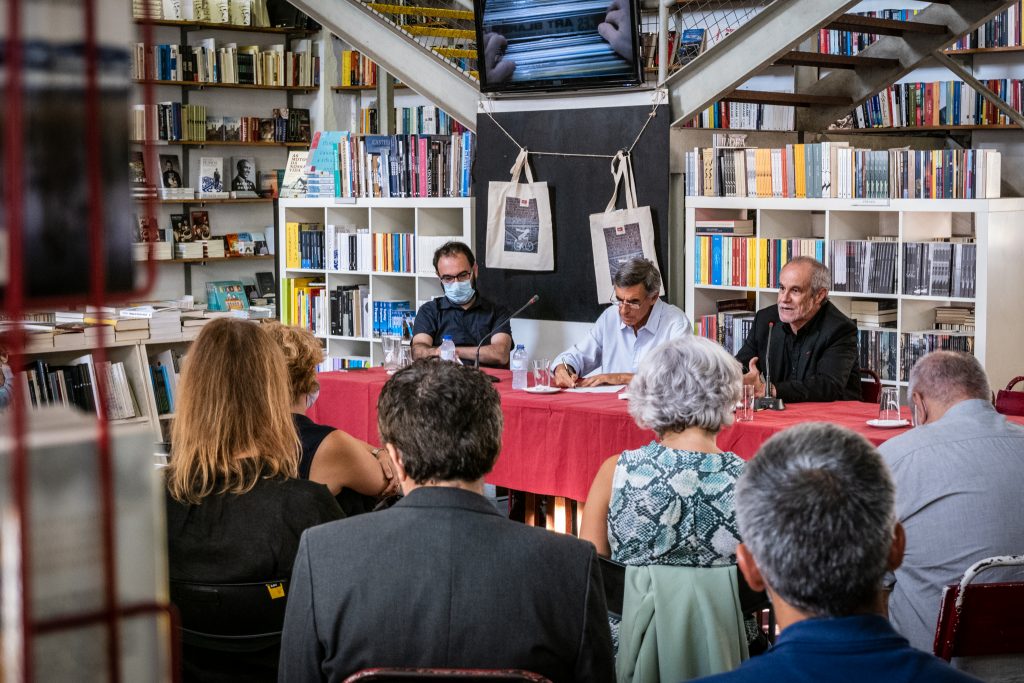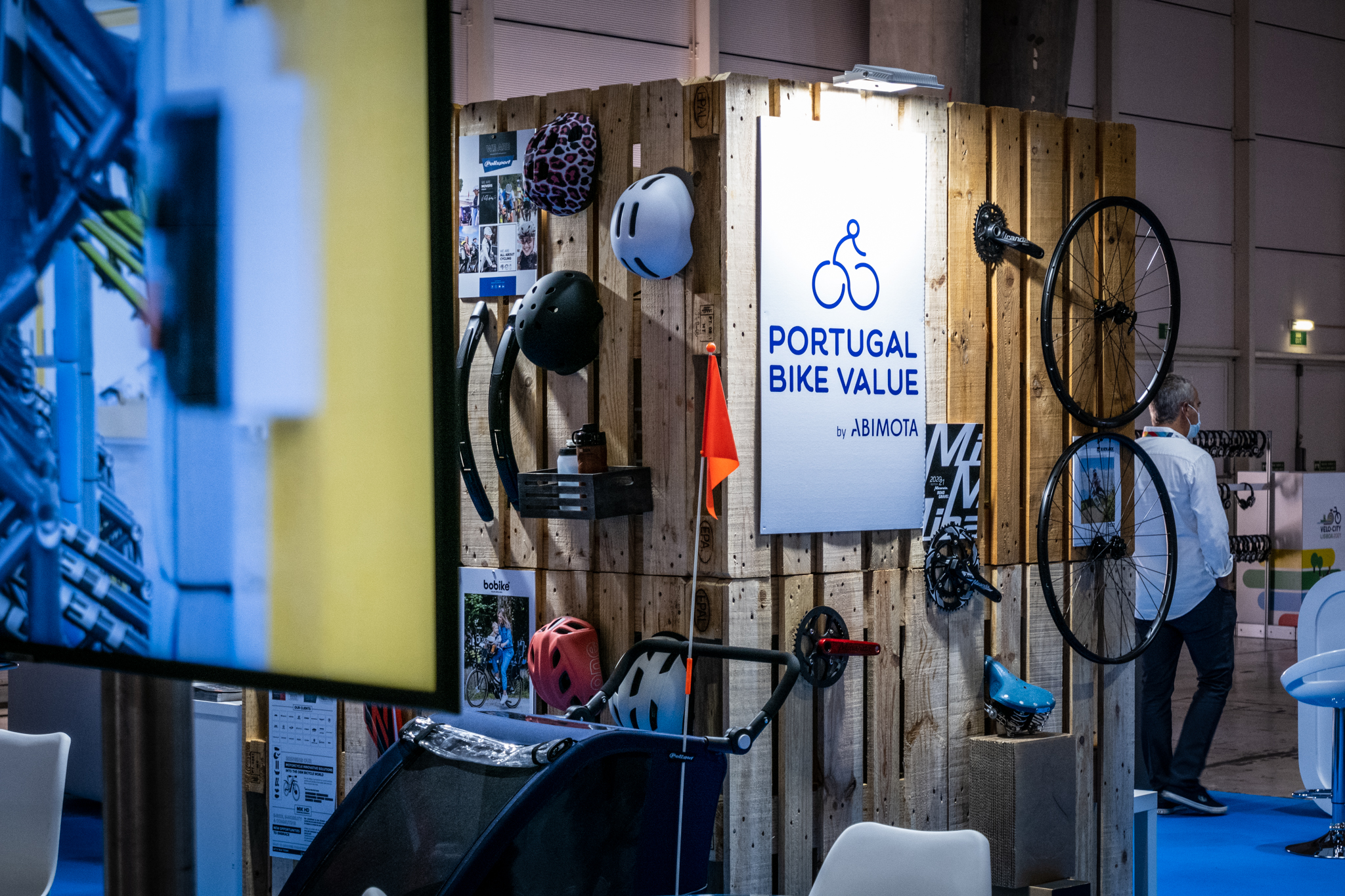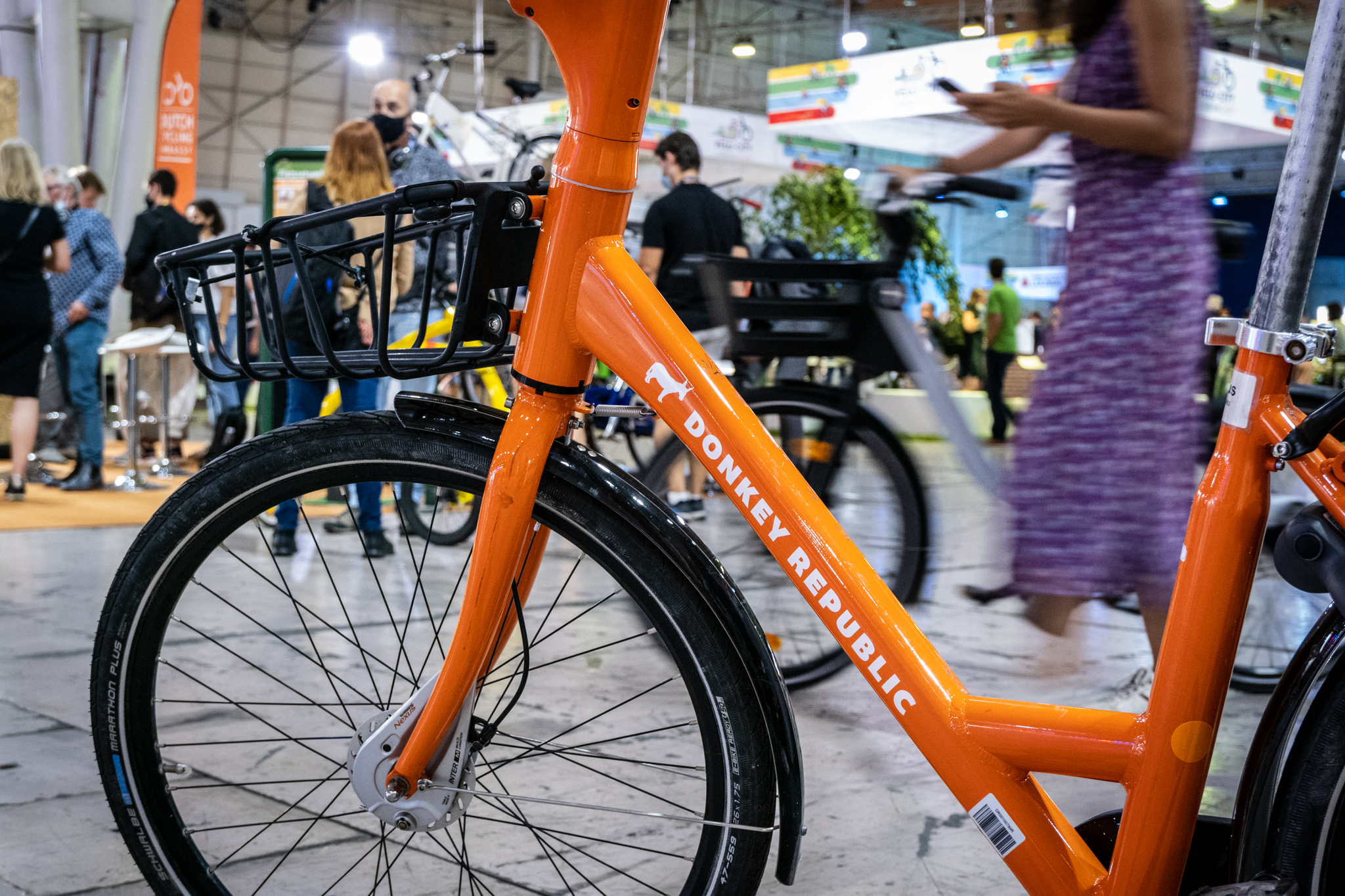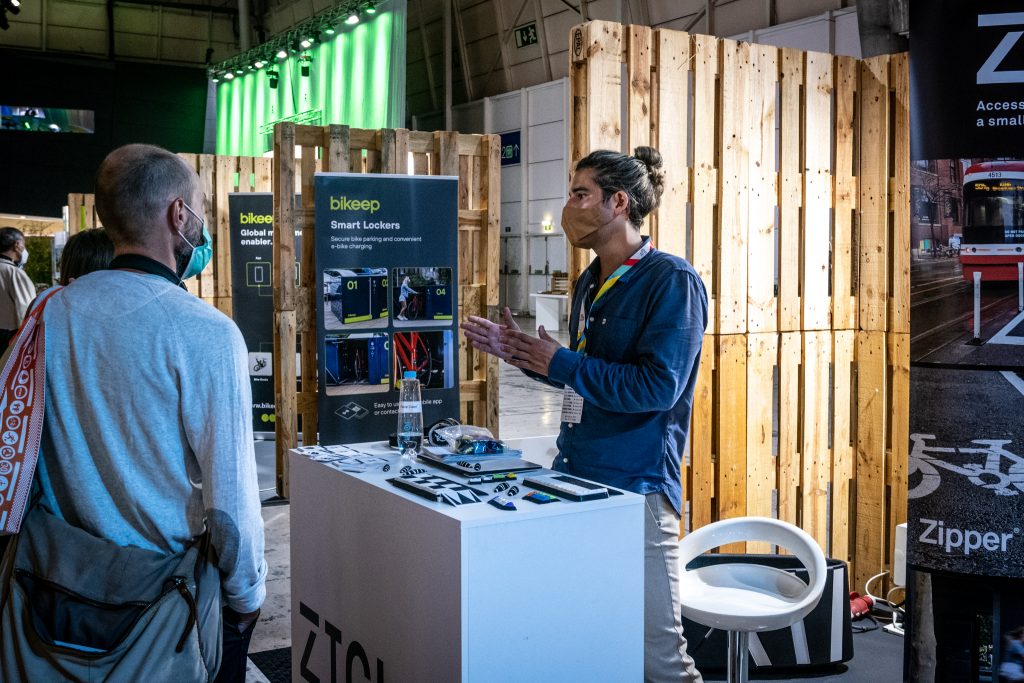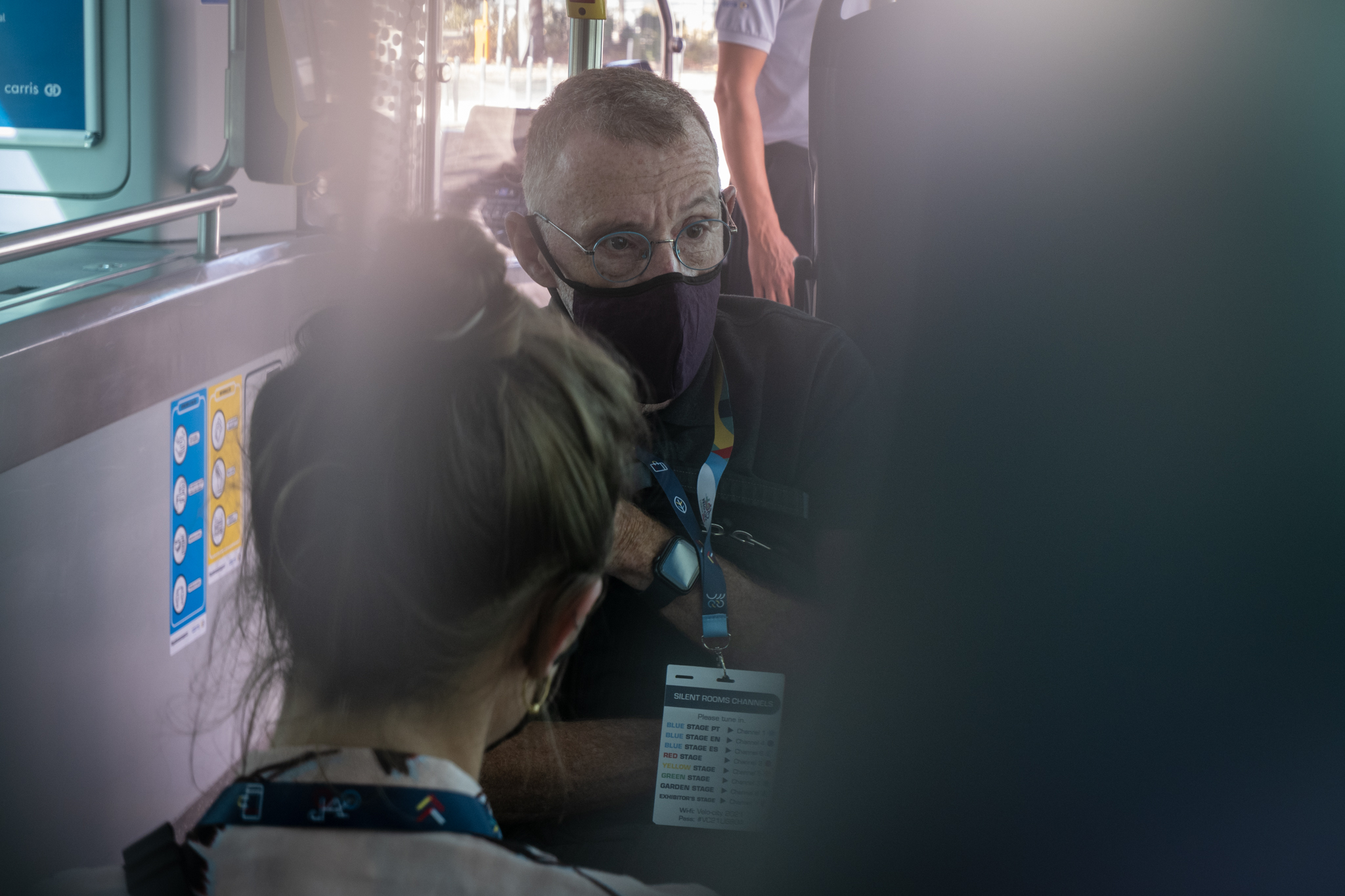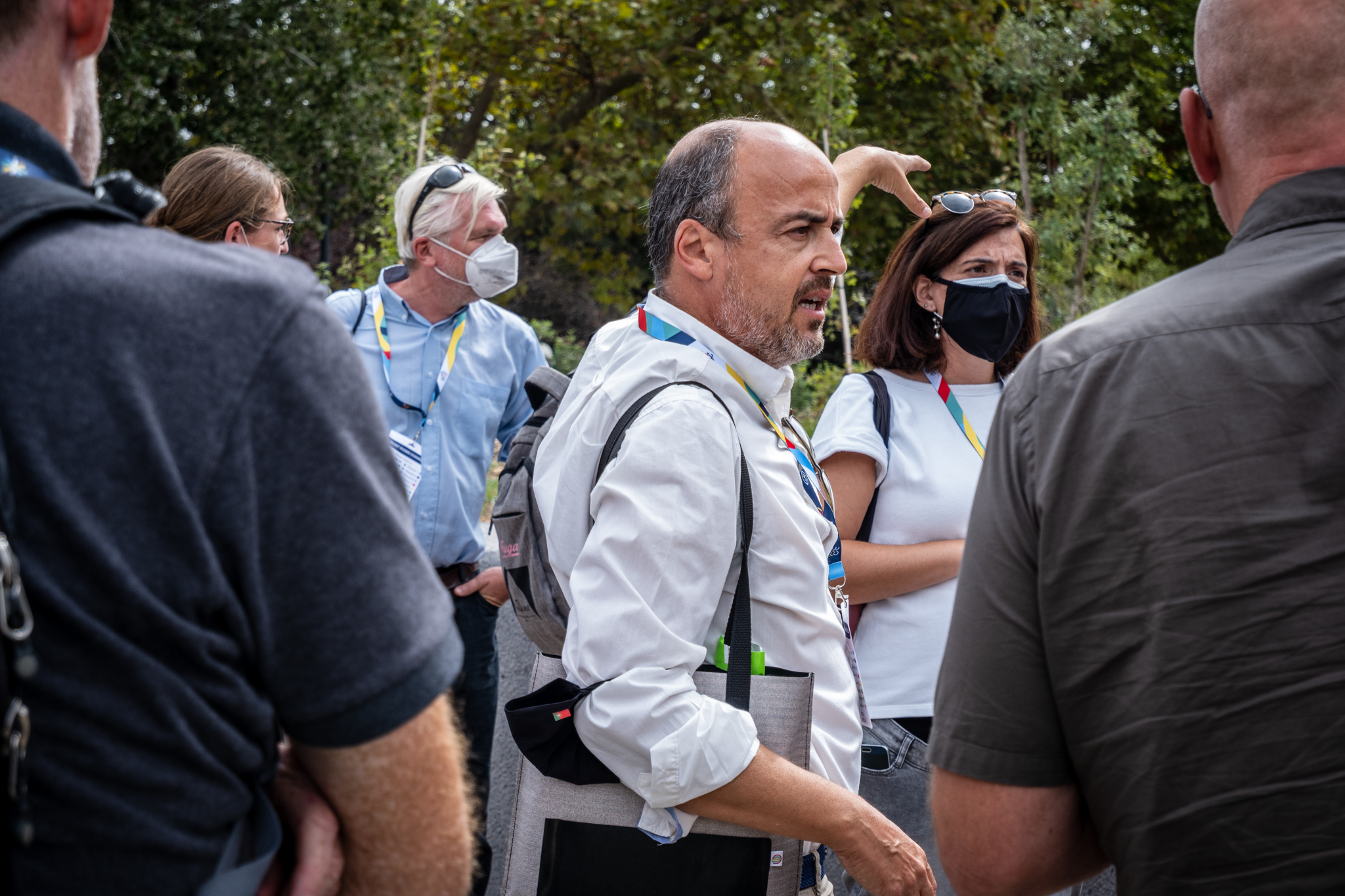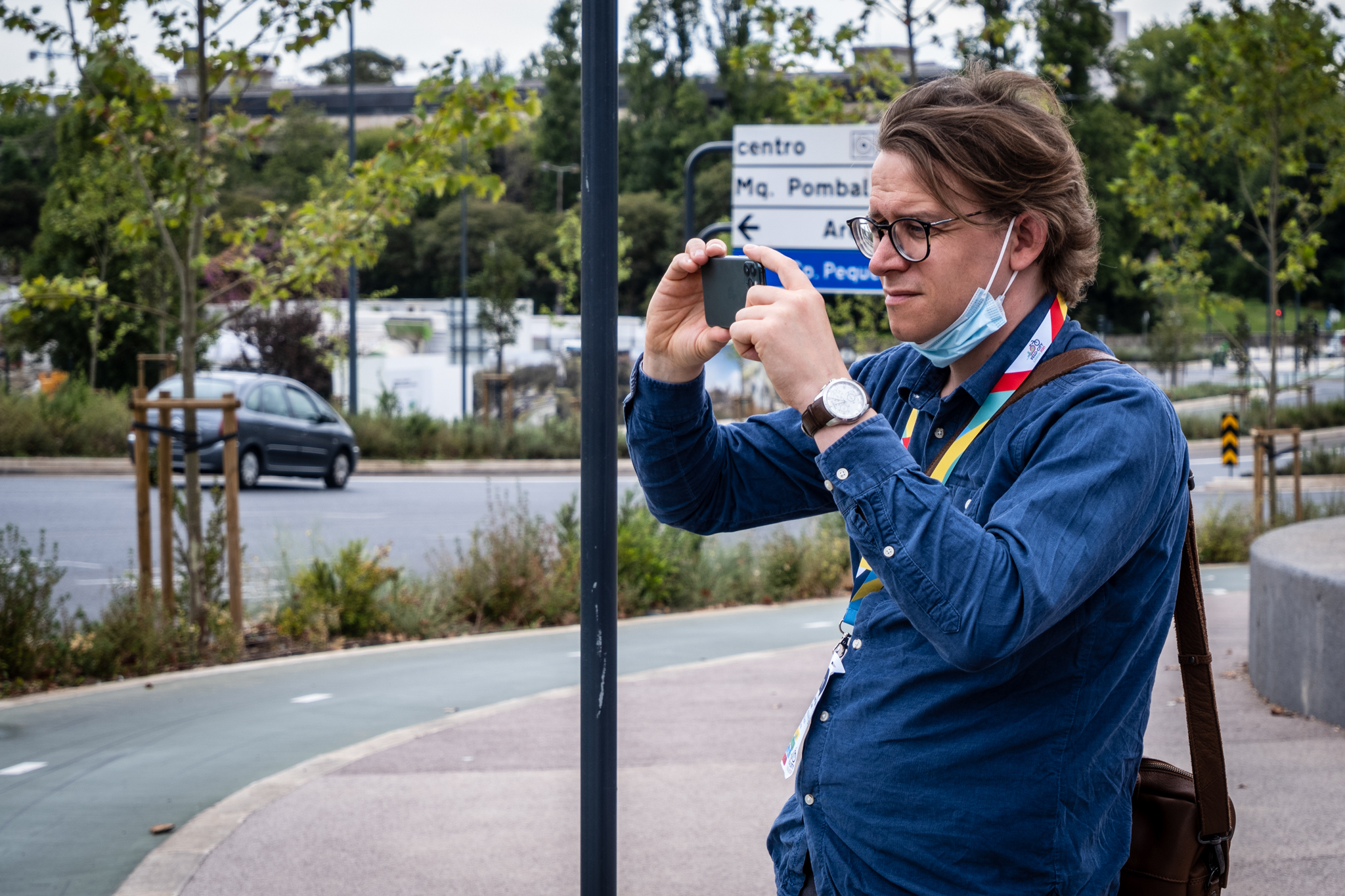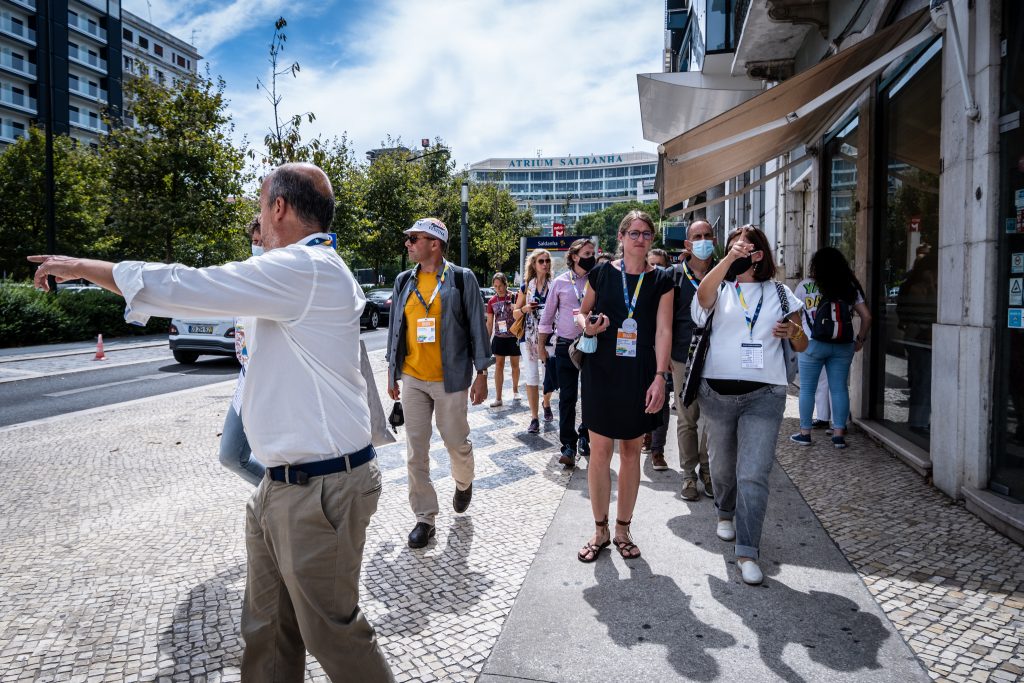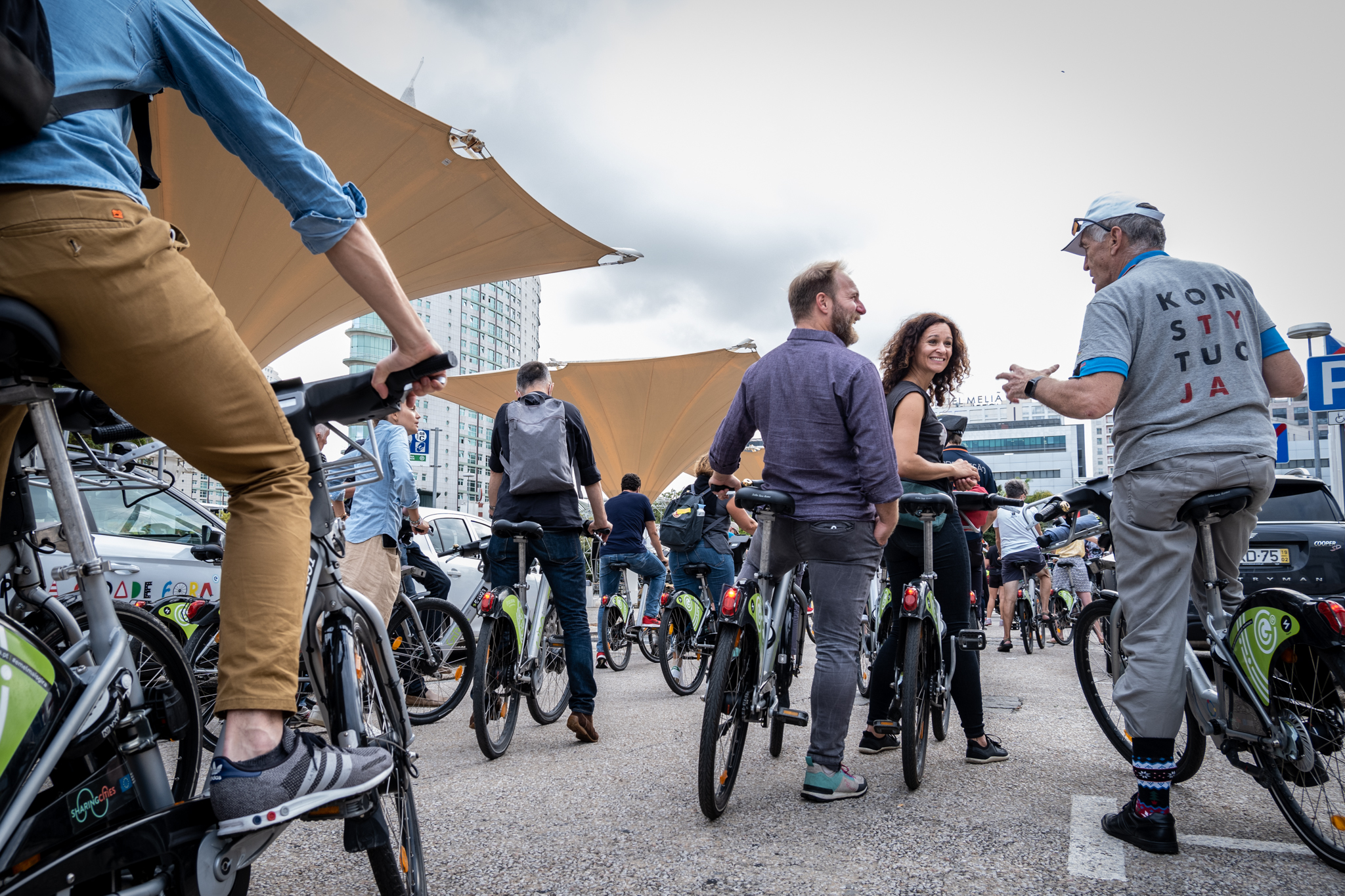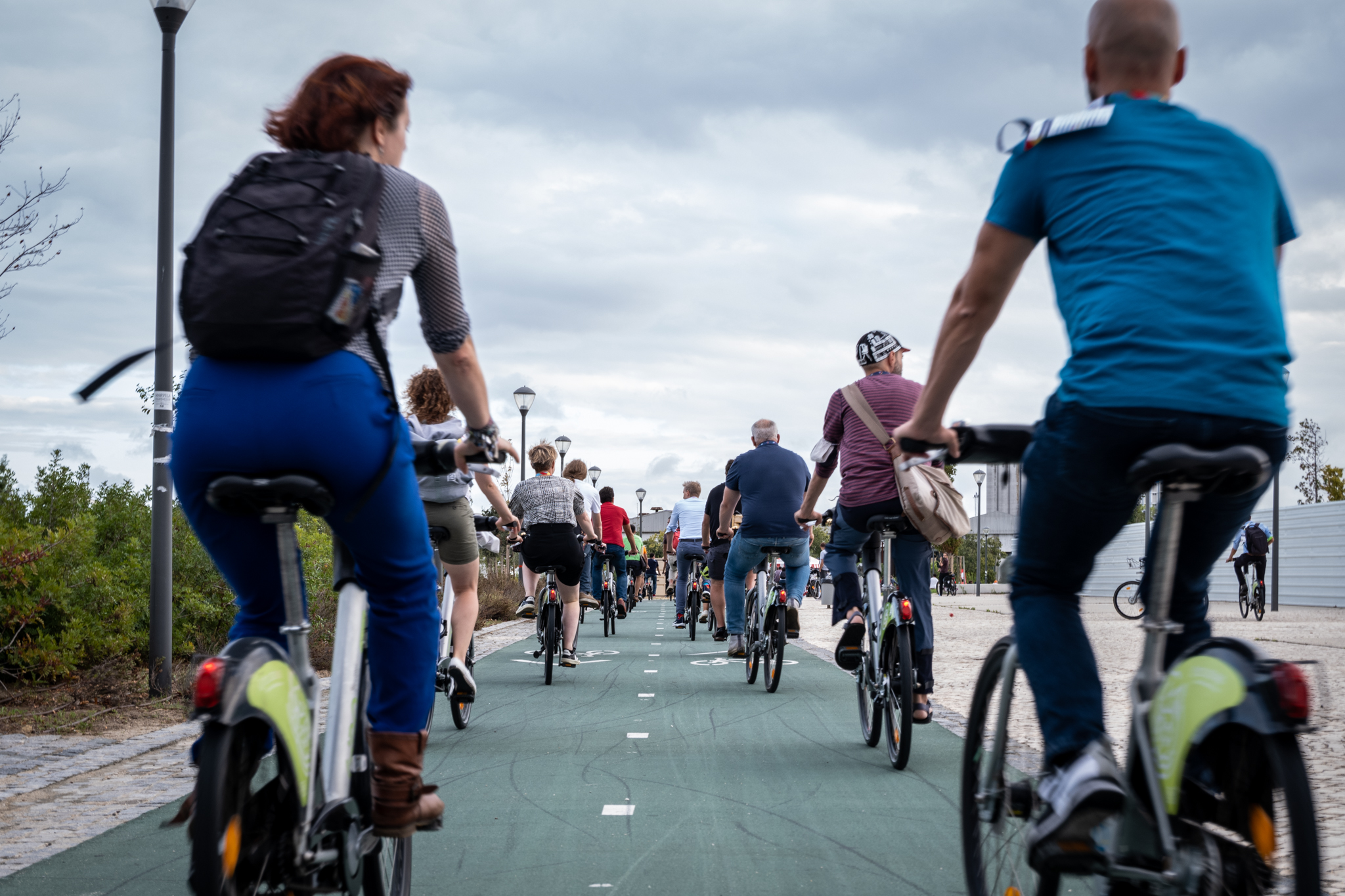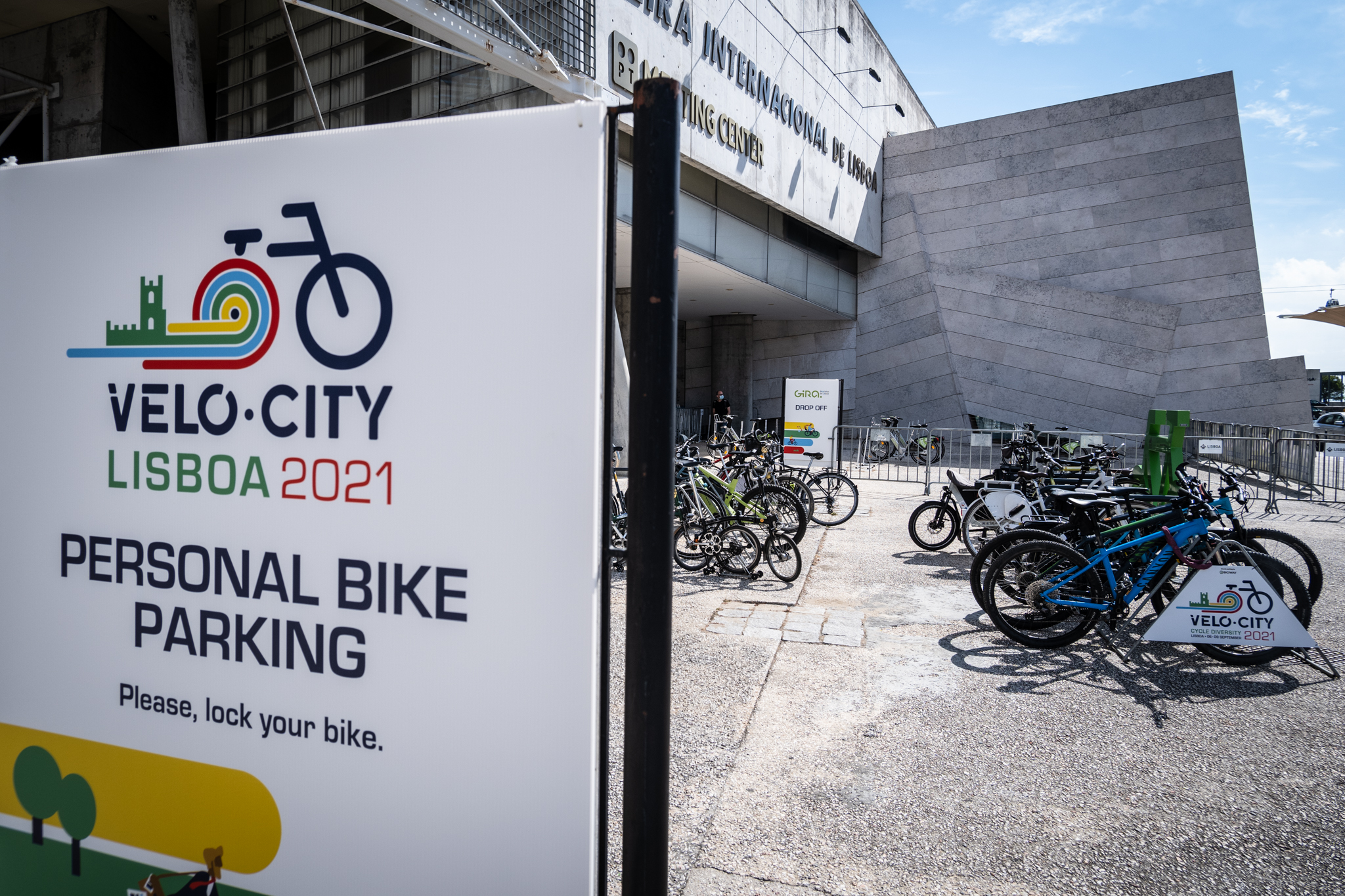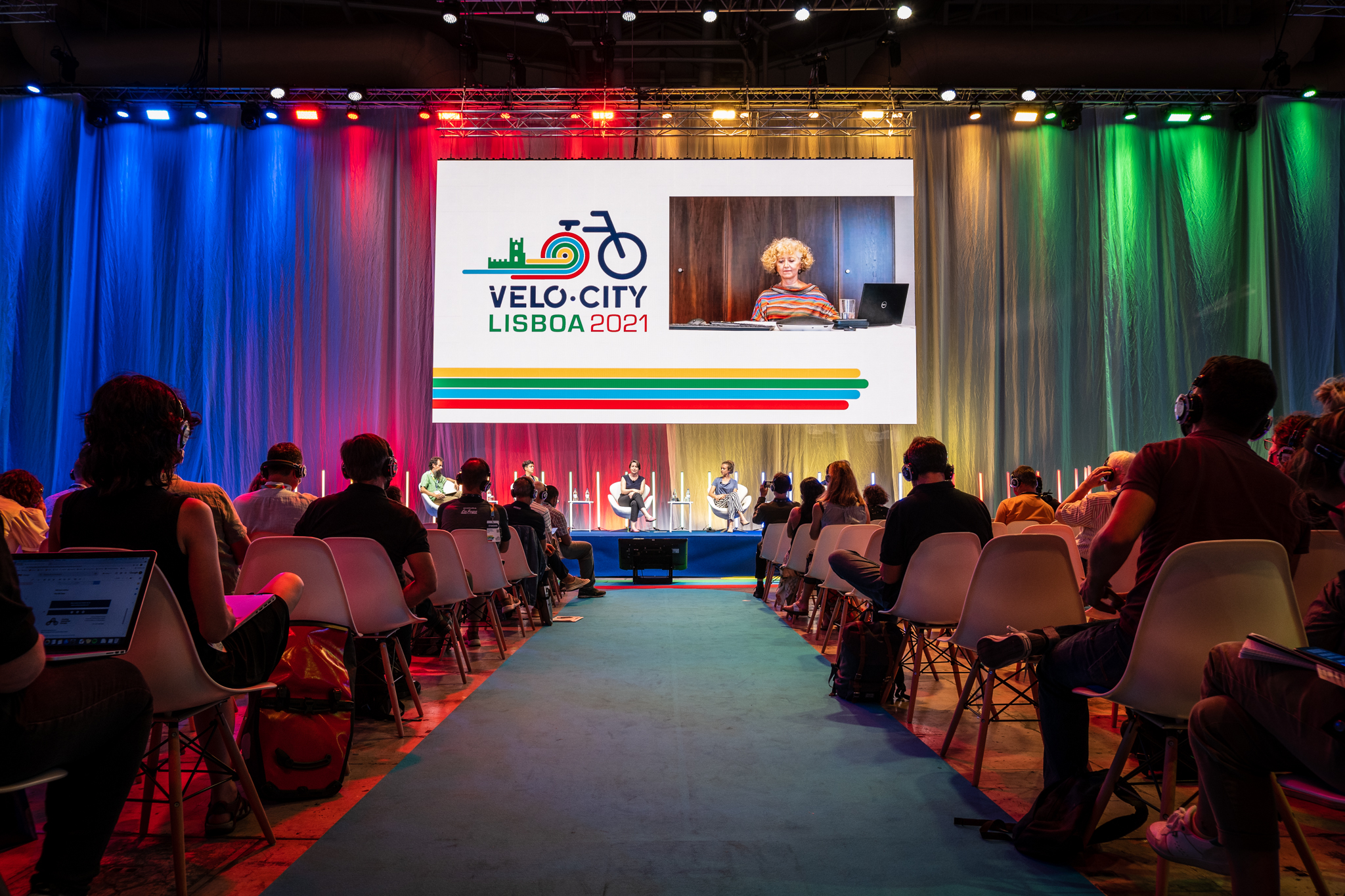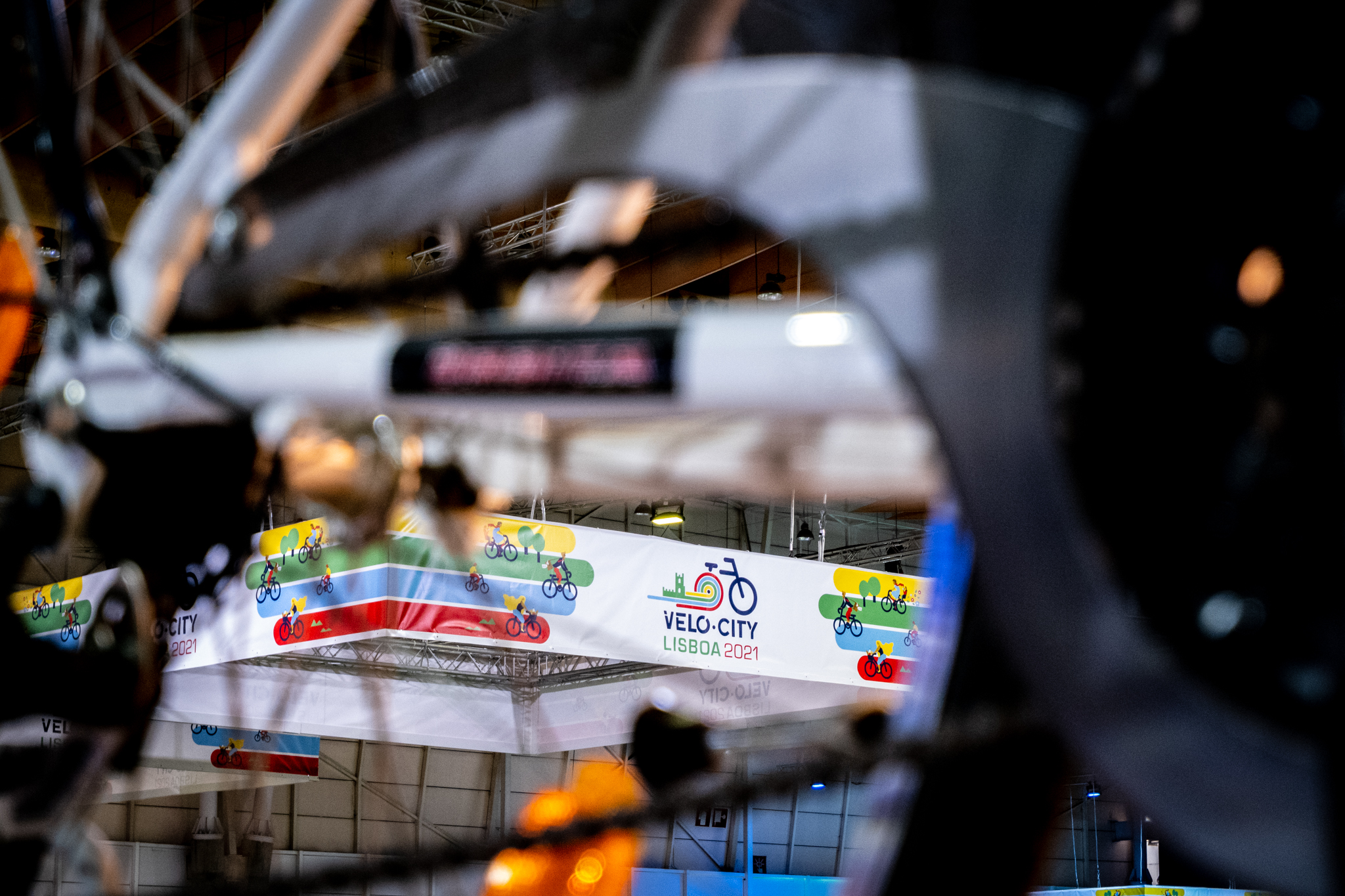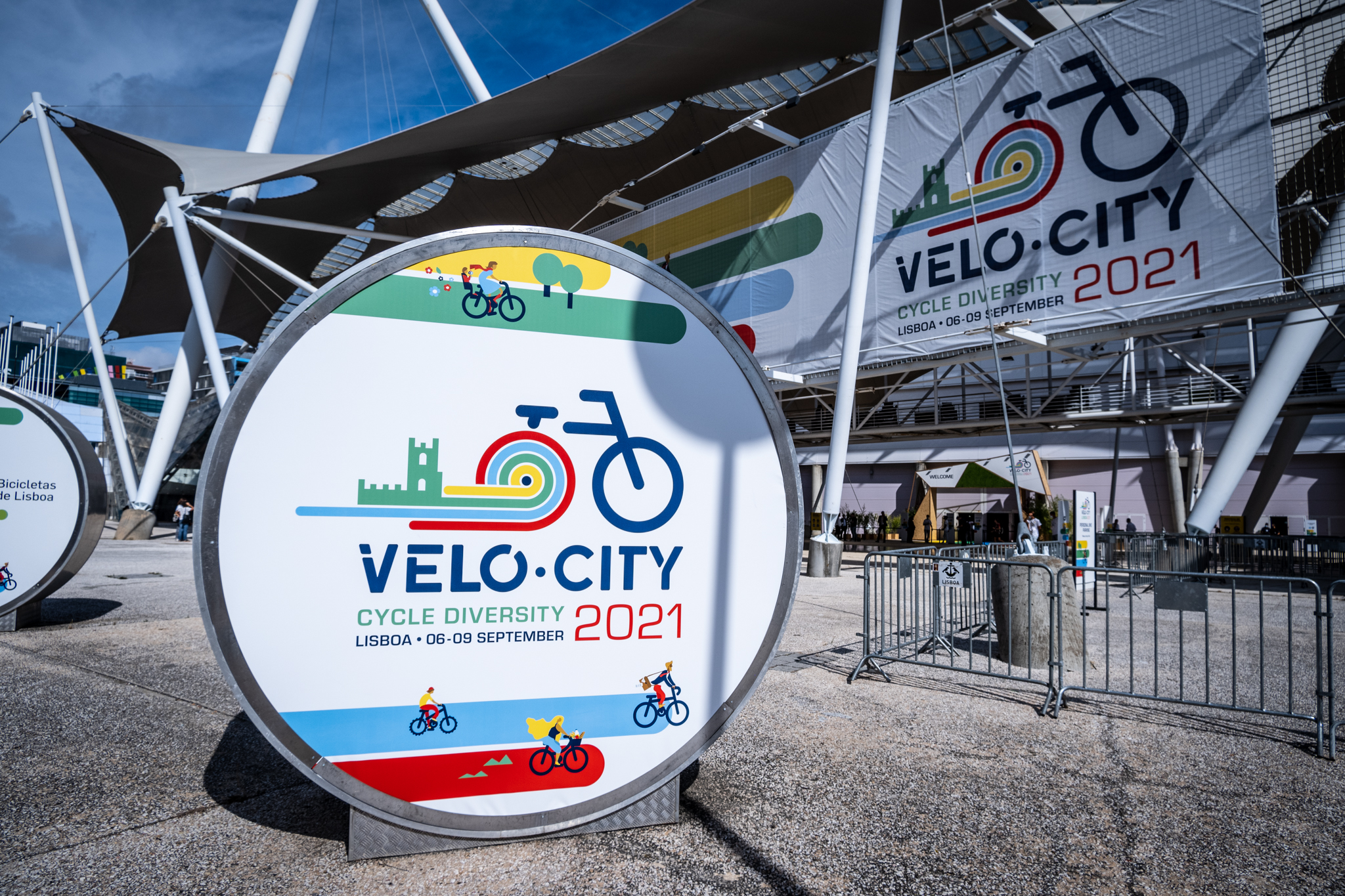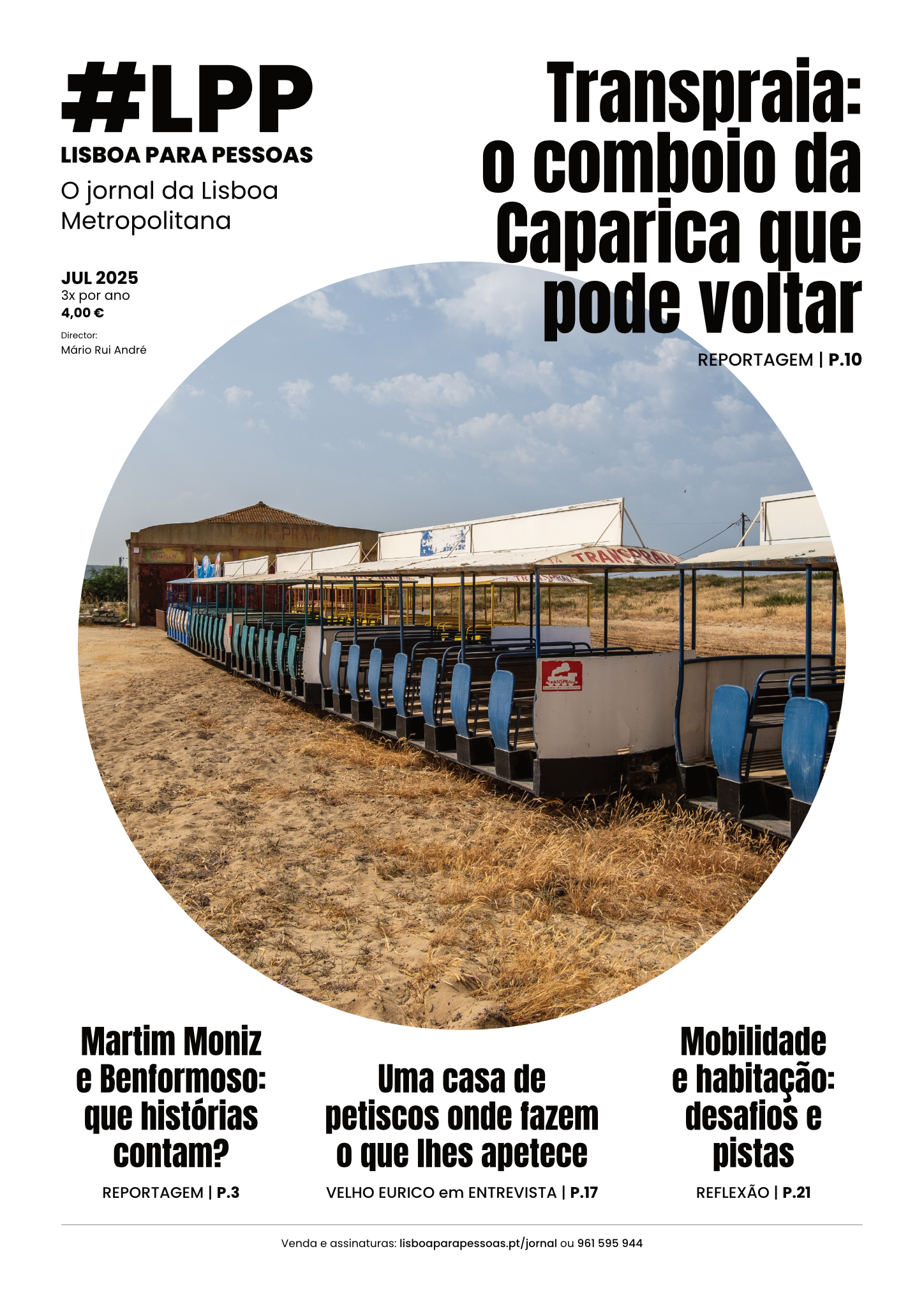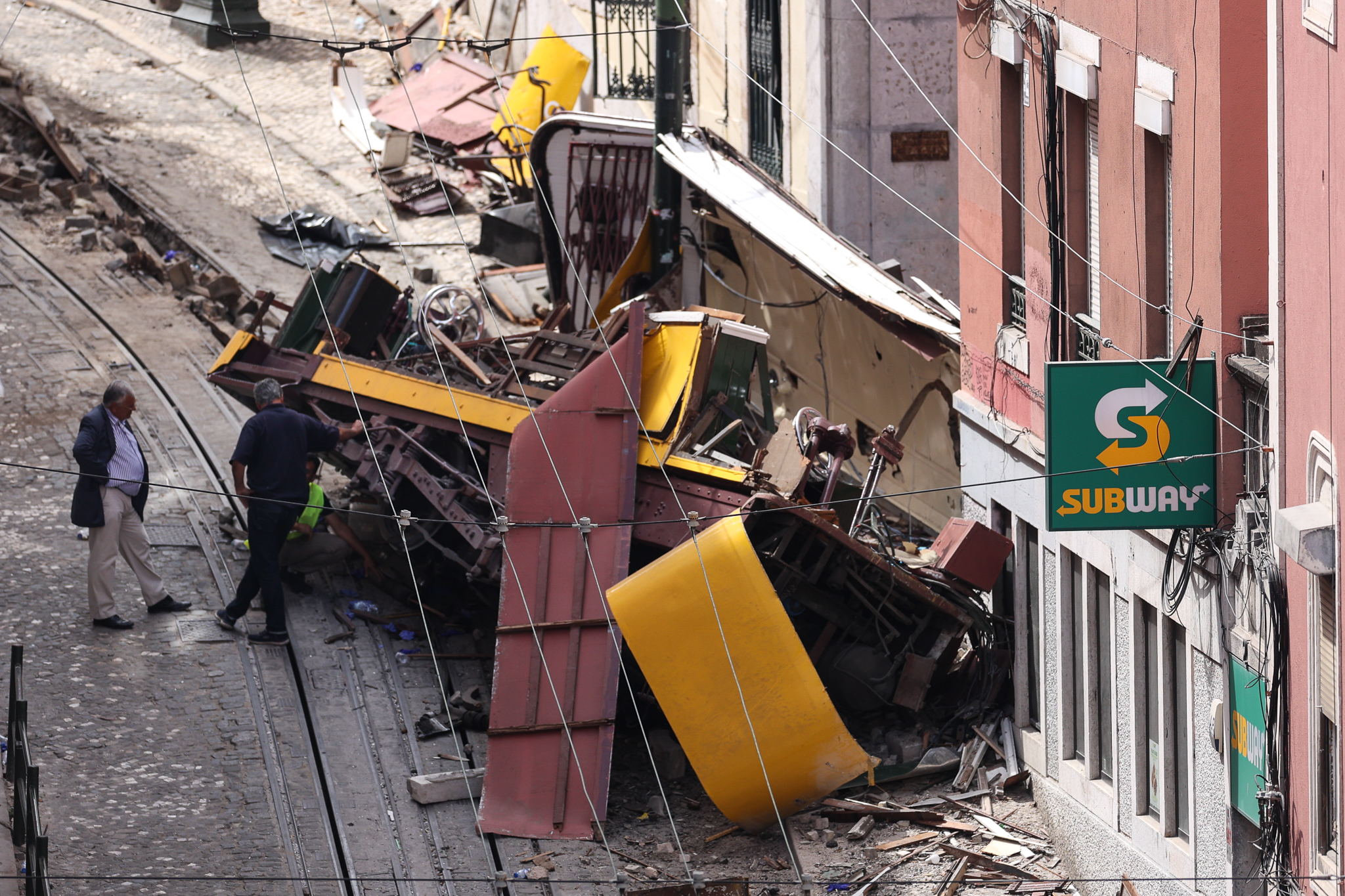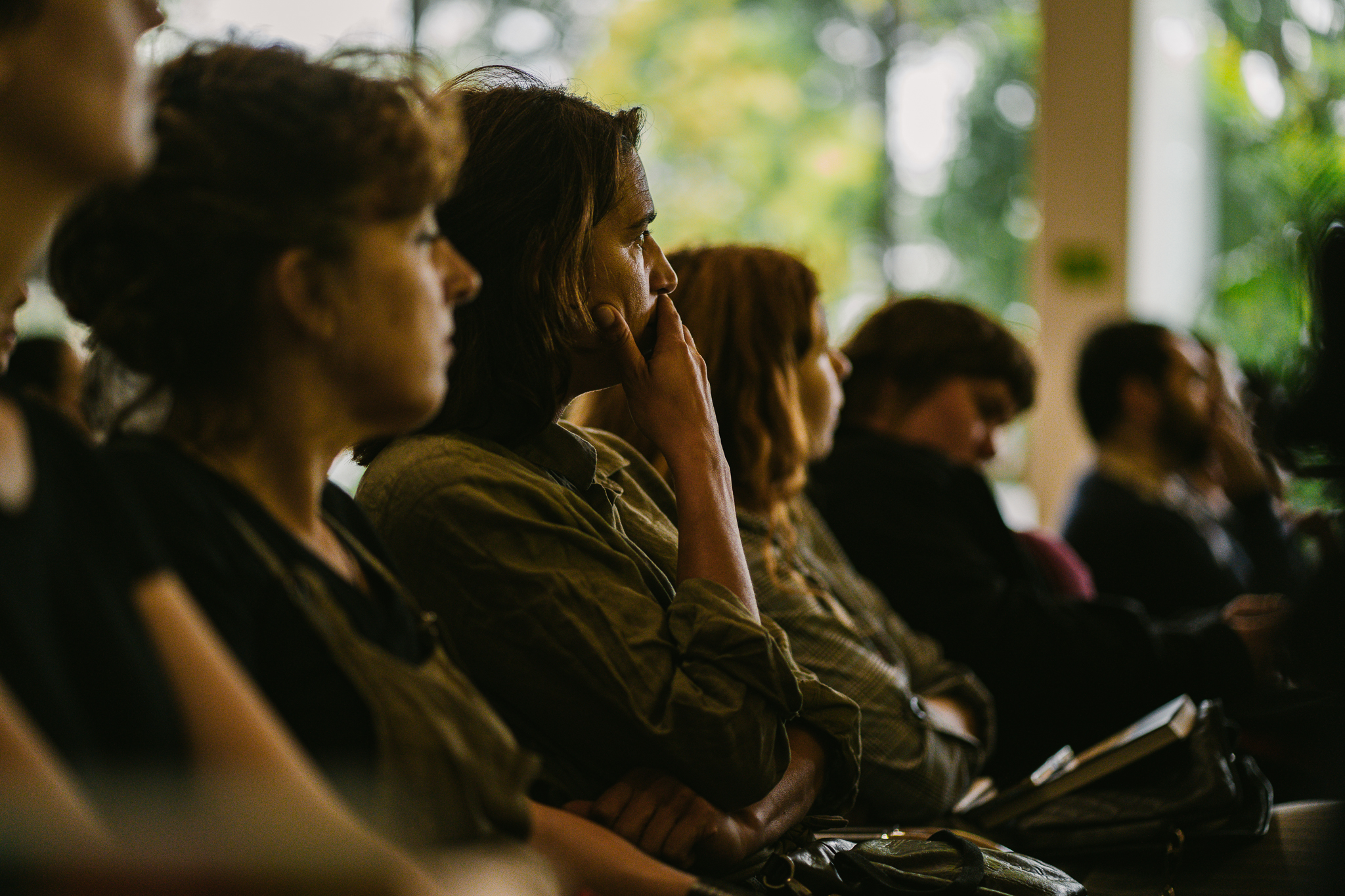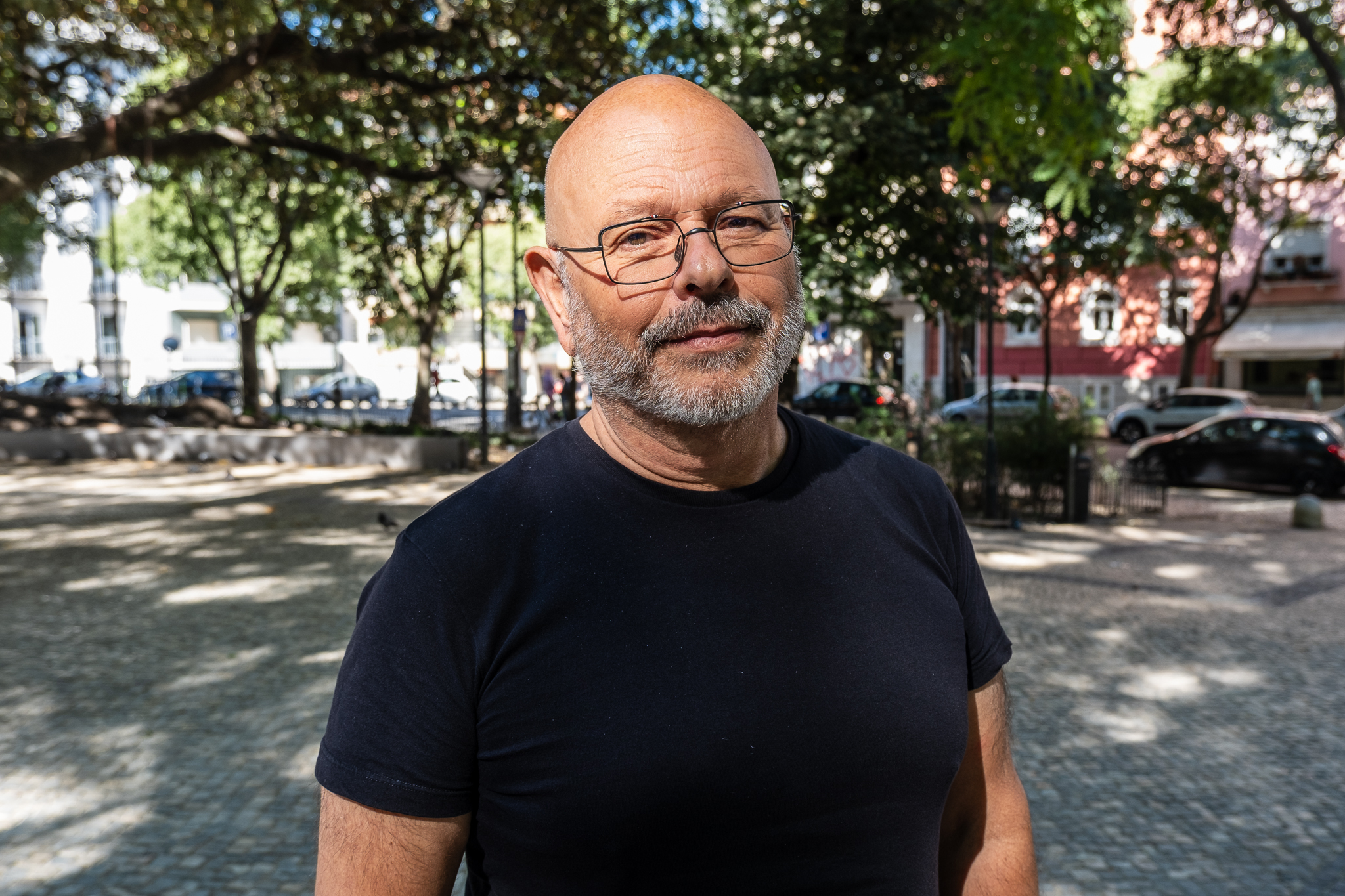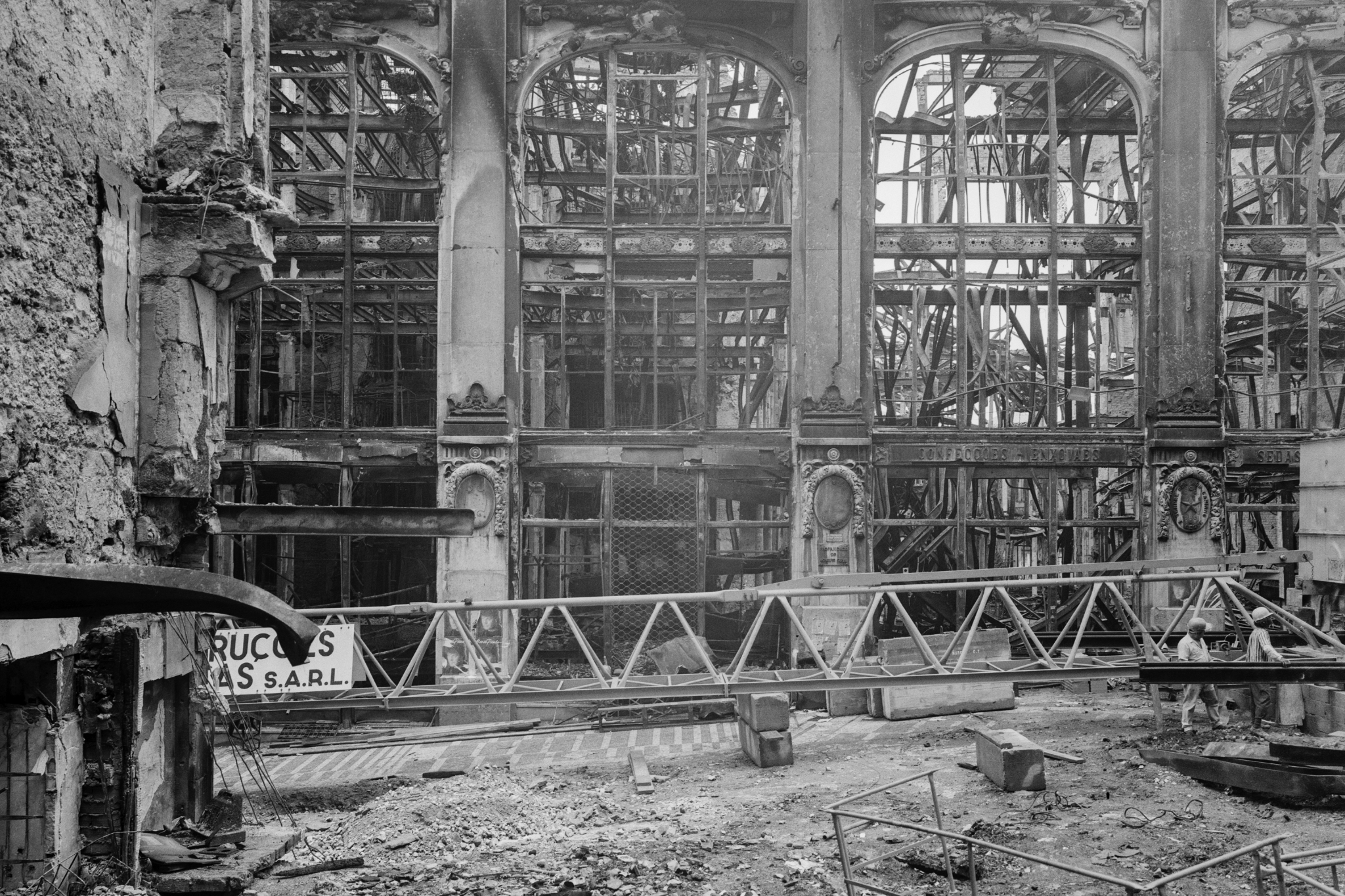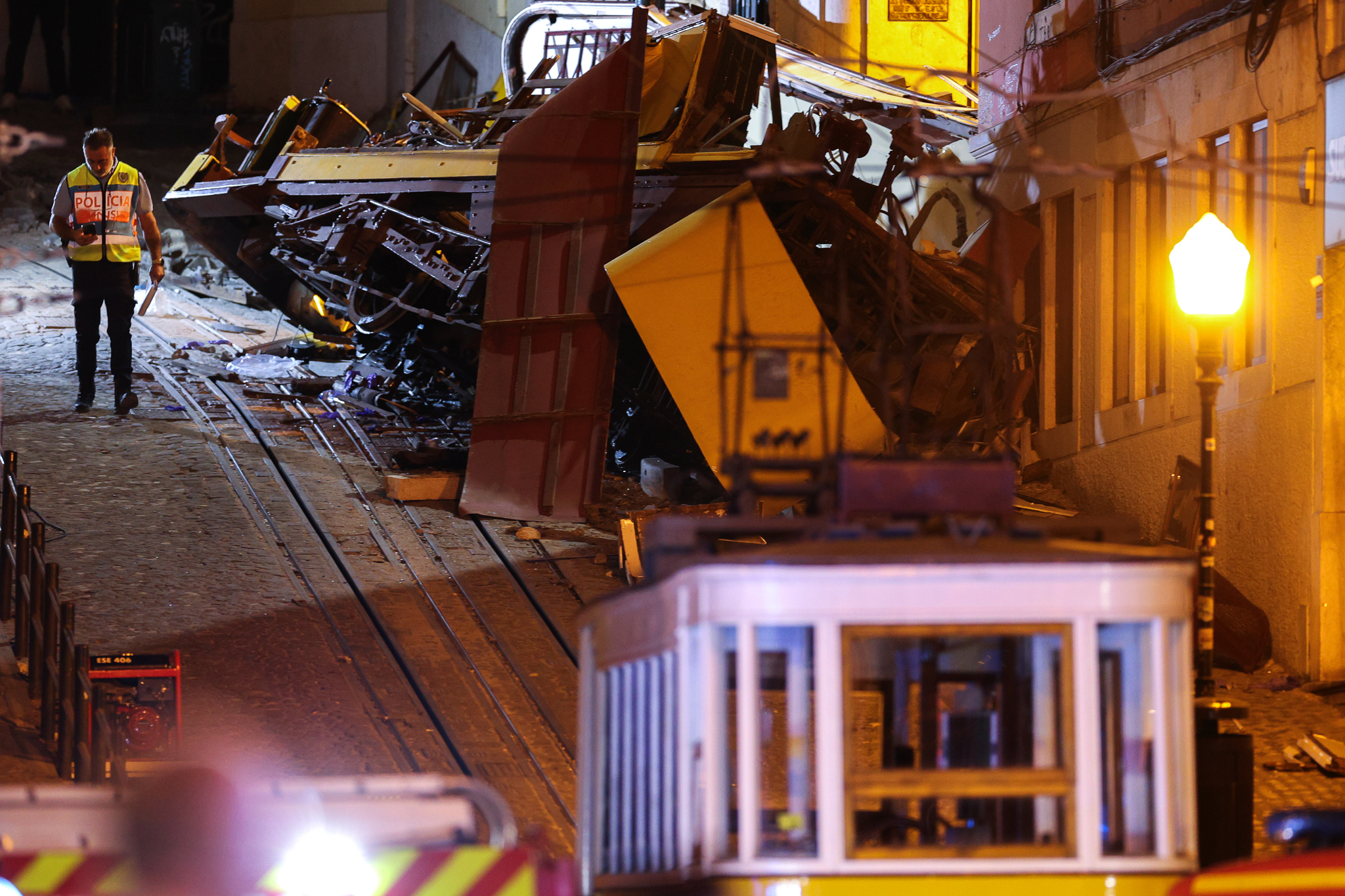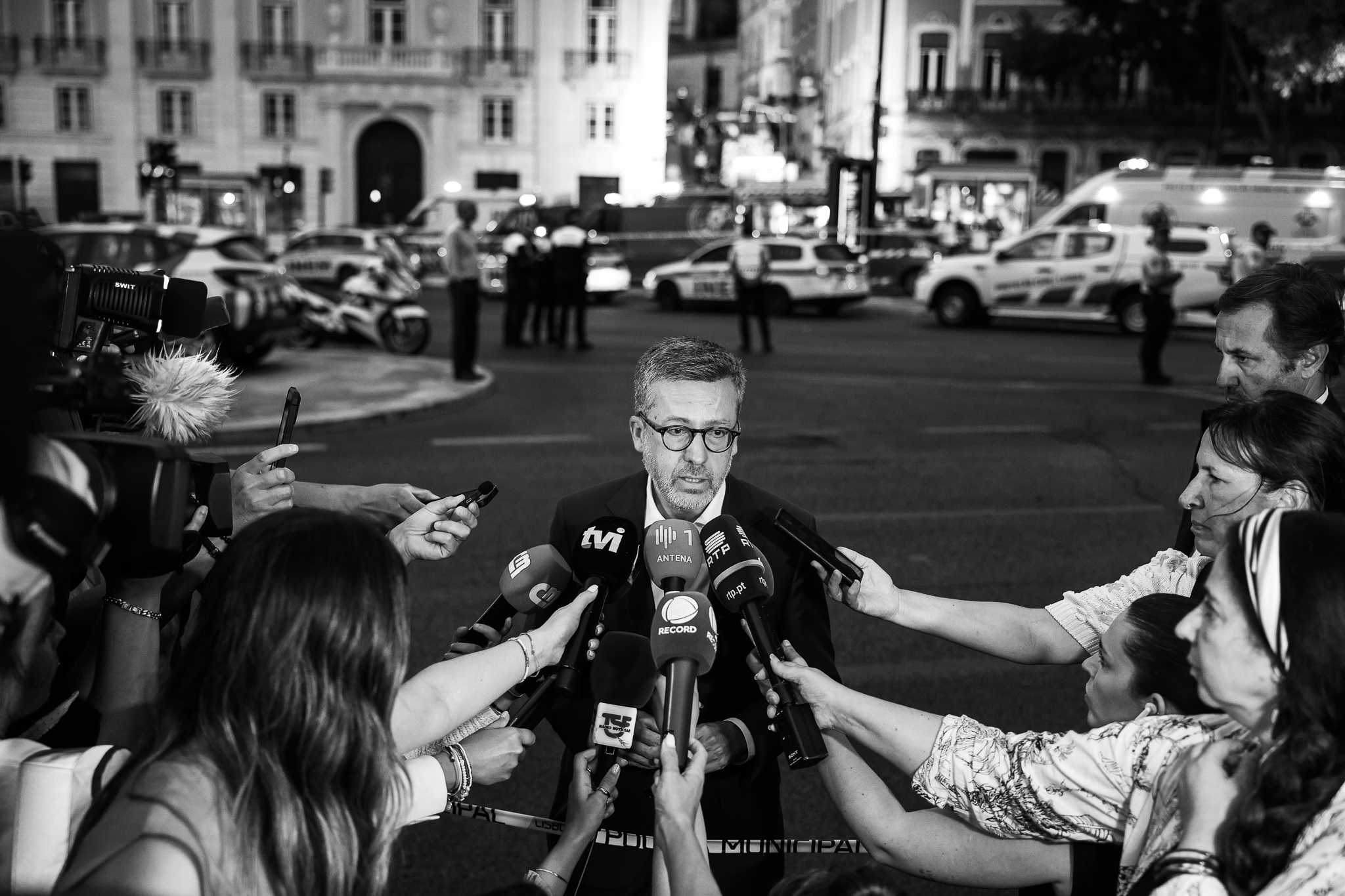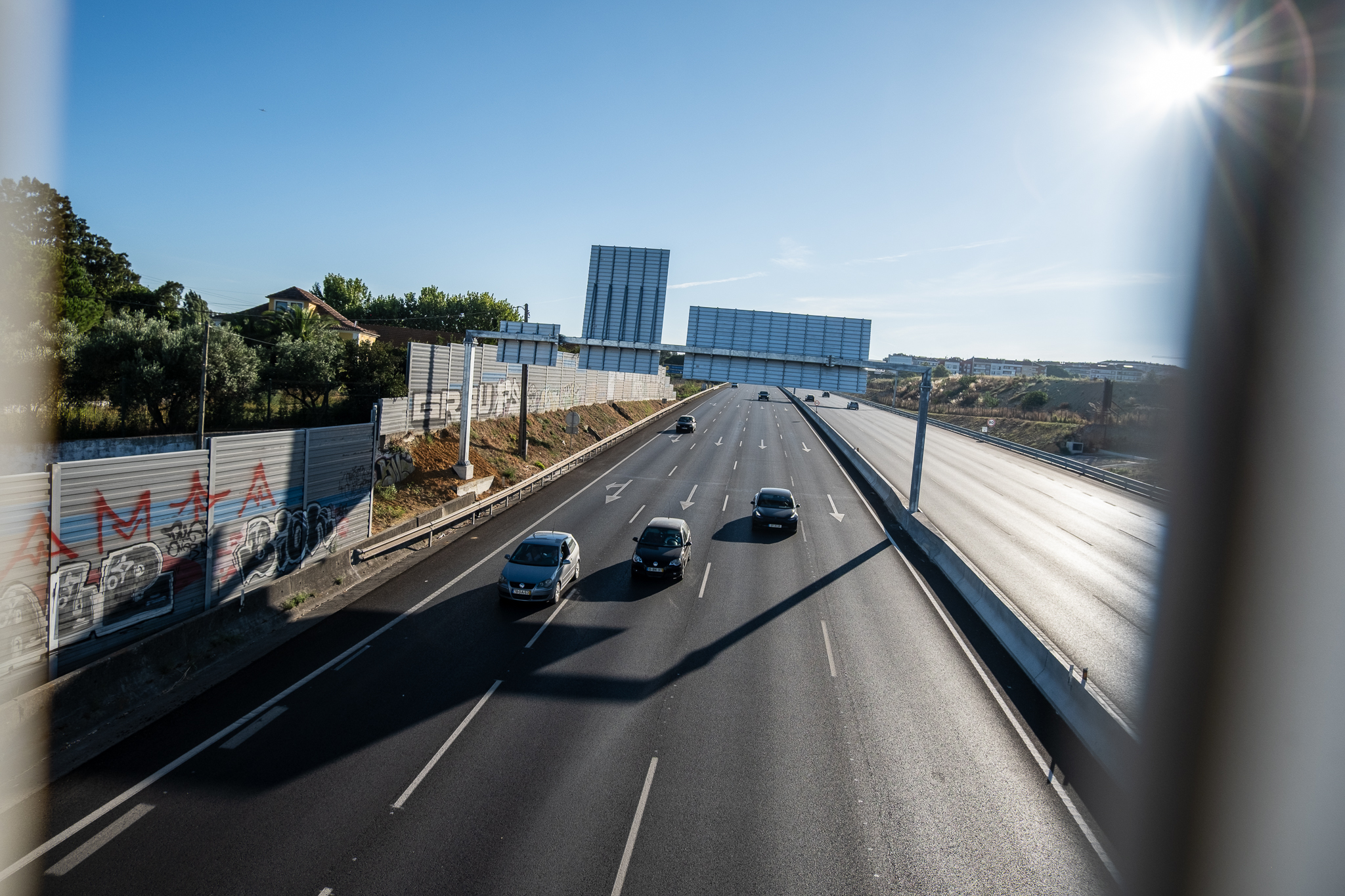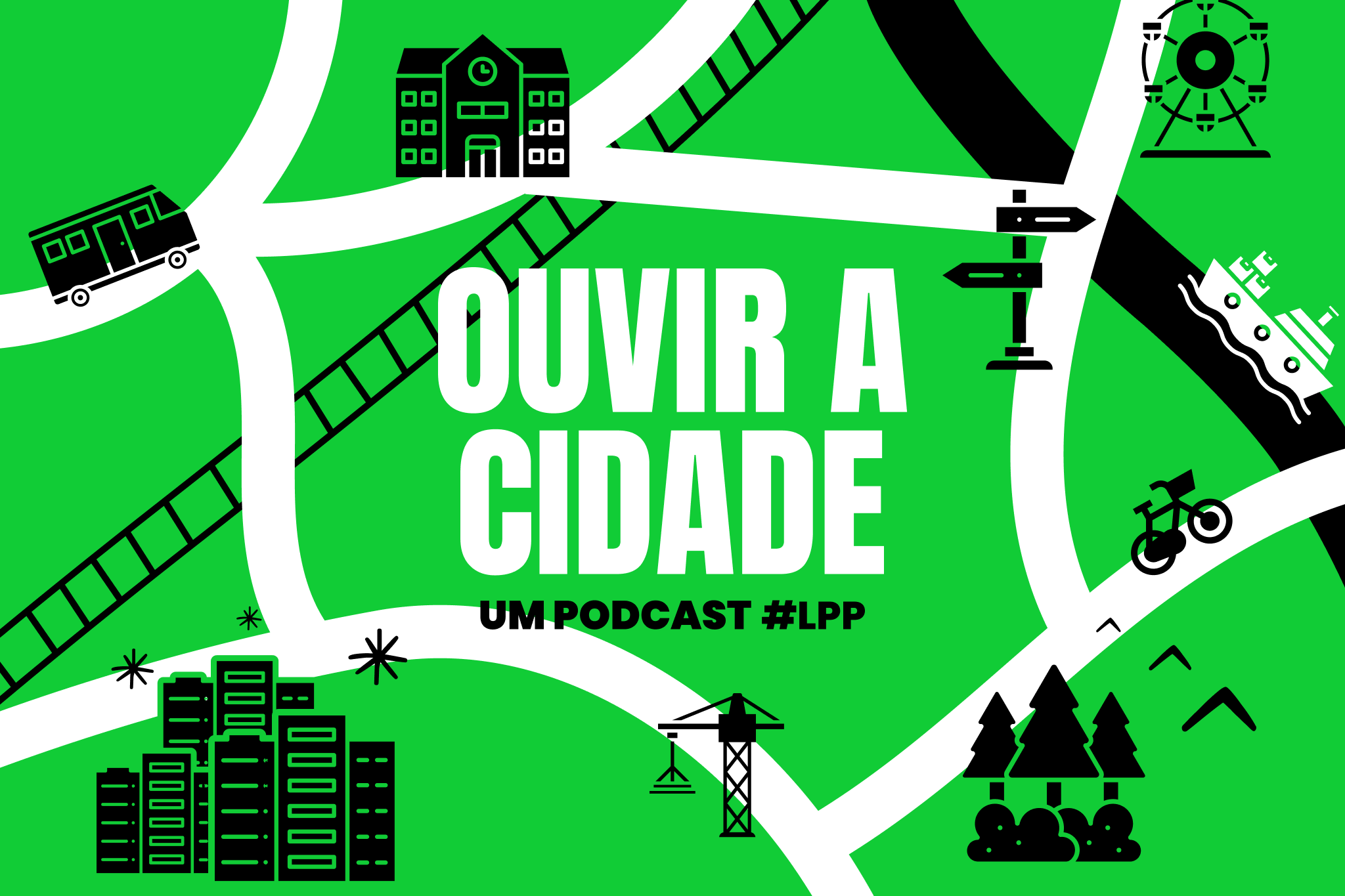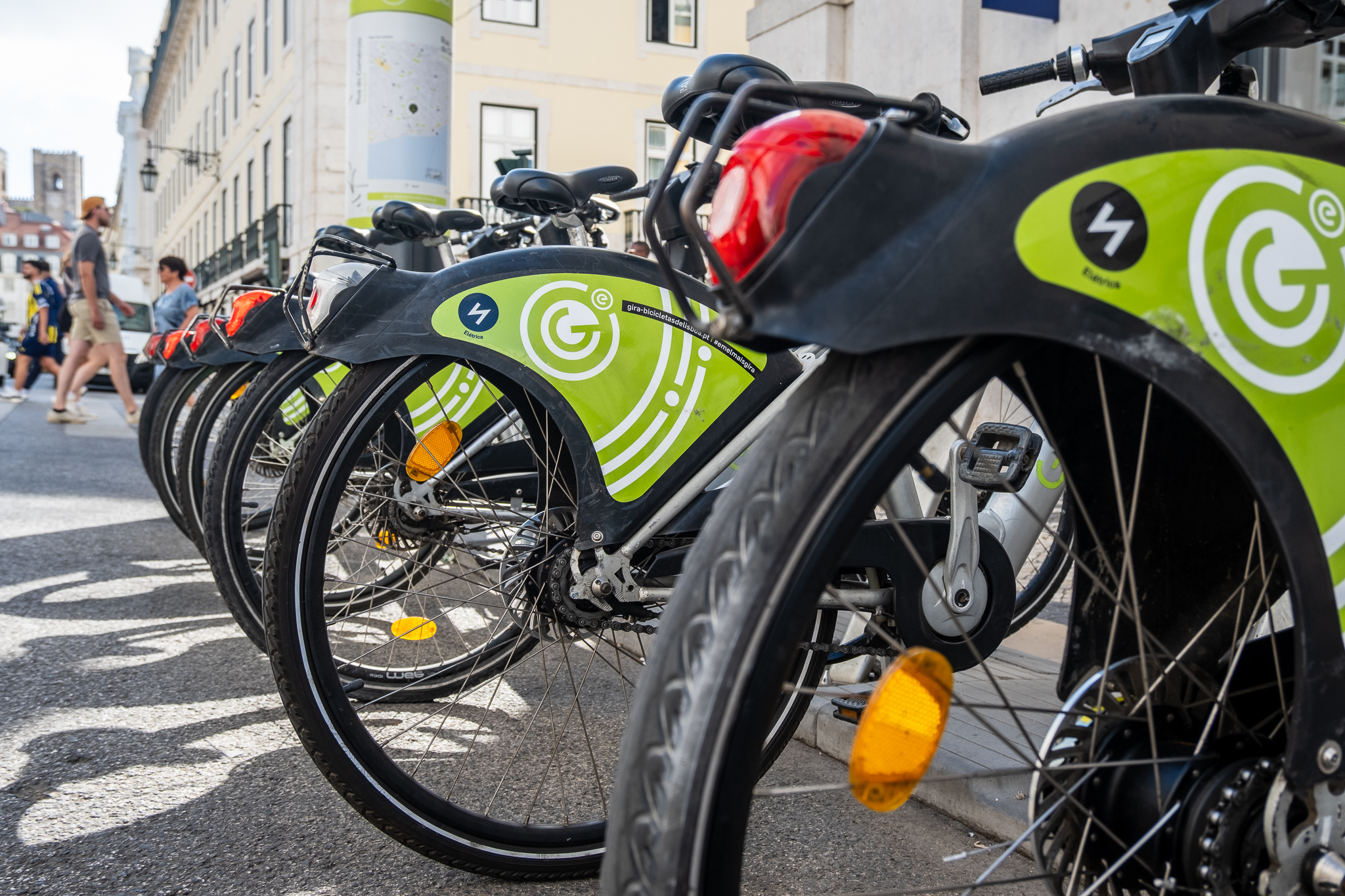At Velo-city, the bicycle is just a pretext in a larger conversation about cities, public space, sustainability and climate change.

Lisbon hosted Velo-city this week. It's known as the world's largest bicycle mobility conference, but it's really something else. At Velo-city, the bicycle is just a pretext in a larger conversation about cities, public space, sustainability and climate change. More than 750 people passed through FIL's Pavilion 1 and thousands more joined the digital version of the event from home or, in theory, from anywhere in the world.
The second time was the charm. After an application in 2017, it was in 2021 that Velo-city settled in Lisbon. Unlike the Web Summit, Velo-city won't stay in the Portuguese capital, since it's an event that moves from city to city, and in 2022 it will start in Ljubljana, Slovenia. Velo-city's arrival in Lisbon was the result of a efforts of local associationss, such as MUBi and the FPCUB, which put pressure on political representatives and became involved in the candidacy, and also from a work of the advisors to the Lisbon City Council's Mobility and Green Spaces departmentsand helped put cycling and the event on the city's political agenda. The choice of Lisbon to host Velo-city this year was the result of the municipality's commitment to cycle mobility, reflected, for example, in the promise of 200 km of infrastructure by the end of this year, the development of the GIRA shared system or support for the purchase of bicycles.
The organization of Velo-city is coordinated by European Cyclists' Federation (ECF) in conjunction with local organizations. There is a framework, a base, which is adapted to each city, which has the opportunity to translate the event in its own way. In Lisbon, Velo-city was adapted by EMEL in conjunction with the City Council.

Political speeches
The bicycle is the link between all the Velo-city participants and a cross-cutting theme across the different conference sessions. But the conference is much more than that. During the four-day event, we talked about cities and the challenges they will face in responding to the climate crisis and adapting to a post-automobile future. Velo-city is about cities for people, rather than cities for vehicles. "We have to redefine mobility. Mobility is not about moving as many cars as possible down a street during a specific time interval. Mobility should be about moving people, not vehicles. We really need this paradigm shift and we need to refocus cities back on people, on human beings, on citizens"said Christophe Najdovski, president of the ECF, at the opening session. "Electric vehicles, autonomous vehicles, flying vehicles, shared vehicles... are not the solution. They use too much energy, take up too much space and the transition would take too long. We don't have that kind of time."
The Portuguese government was represented on the first day by the Minister for the Environment, João Pedro Matos Fernandes, and the Lisbon municipality by its Councillor for Mobility, Miguel Gaspar. (Absence note for Fernando Medina, Mayor, who, despite being on the list of speakers, preferred to pre-campaign). "We're going to be carbon neutral by 2050, but if the economy grows by investing in sustainability, there will be even more travel in 2050 than there is today. This means that we can't build the future with the tools of the past"said Matos Fernandes, recognizing that the bicycle, and the electric bicycle in particular, "it is the most intelligent means of transportation for covering distances that are almost all the distances between home and work in this country". "What we have to be is intelligent. And intelligence is more important than vanity. I believe that sometimes it's out of vanity that many people use cars as individual transportation and other times it's out of a lack of information"he emphasized.
While Matos Fernandes was only at Velo-city on the first day, Miguel Gaspar was present throughout the event, mingling among the participants, attending the different sessions (and intervening in some of them as a speaker) and taking part in the traditional bike parade (we'll get to that in a moment). "We know we're not the best city in the world, we know we don't have the best KPIs. But I have no doubt that we are one of the cities most willing to change"he said at the start of Velo-city. "Building cycle paths in cities means freedom of access and freedom of choice. We have never regretted taking space away from cars. We have to give cities back to the people. I don't regret today the space we took away from cars"he added - an idea he repeated at the close of the conference: "I'm at the end of my term now and I don't regret anything I've done in recent years."
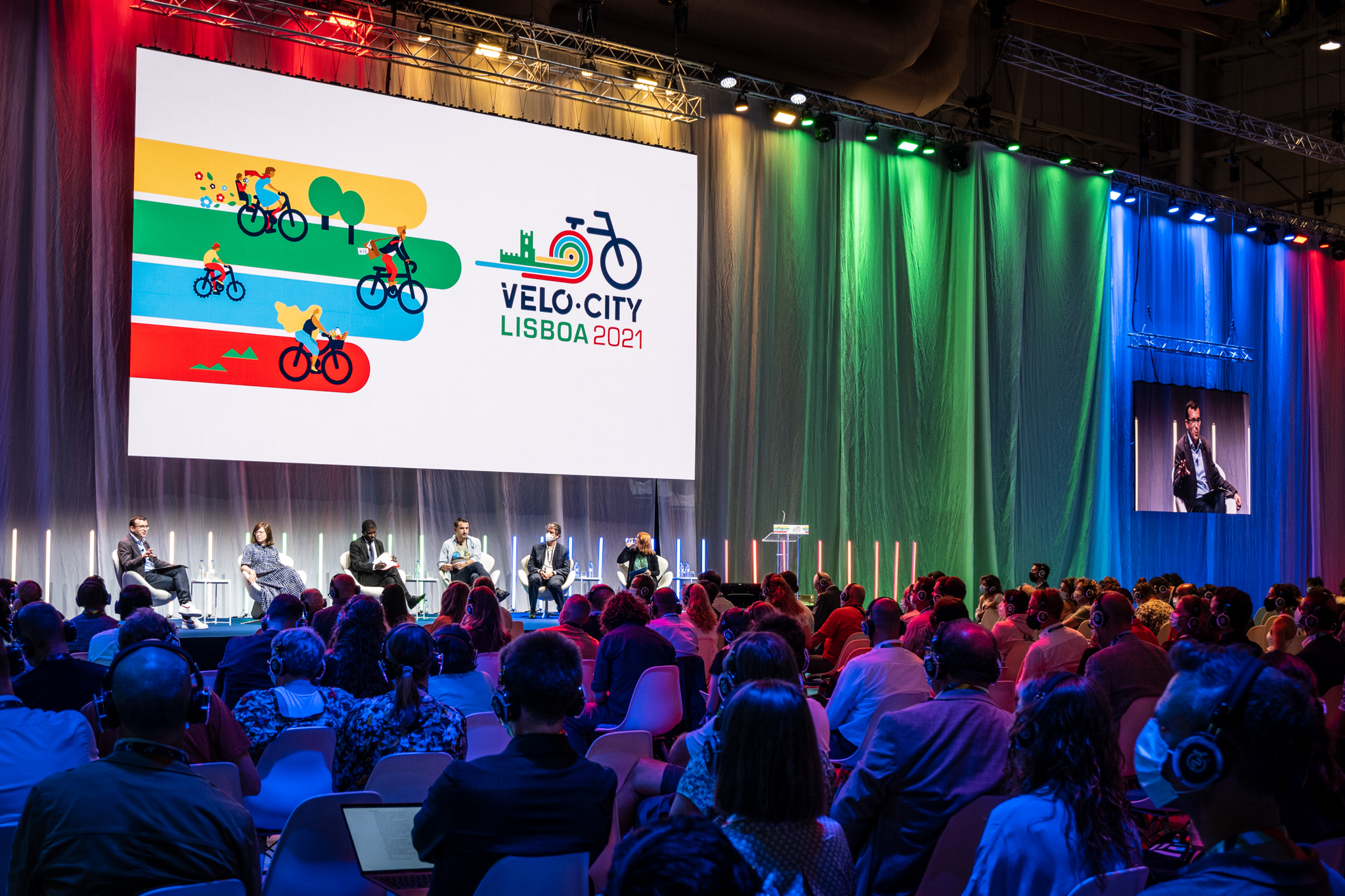
With an audience converted to cycling, Miguel Gaspar took a risk with some of the statements he made while on stage at Velo-city. He argued that technology companies such as Uber should not be allowed to control people's mobility through their data and that these services should centralize people and their needs; and asked, for example, why new cars - or autonomous cars, for example - are not manufactured with built-in speed limits as is the case with bicycles whose engines turn off at 25 km/h. "It would have a big impact on cities. The technology is there. It's faster than changing the streets and putting up signs"said the Lisbon city councillor. Even so, says Gaspar, there is a big difference between an autonomous car and a bicycle: "You don't whistle riding in an autonomous car, but you whistle on your bicycle."
A journey through the diversity of the world
Velo-city included political and technical representatives from other cities and countries. At FIL it was possible to learn about experiences, projects and experiences from different parts of the world. From Ljubljana, which will host Velo-city 2022 and which has pedestrianized 12 hectares of the city center, to Leuven (Belgium), which is also taking cars out of the center, to Hungary where cycling is still very much a rural activity, to Croatia where the activist community is succeeding in proving to the government that cycling can be for something other than tourism, Aragon (Spain), where cycling can be a tool to combat depopulation and bring in tourists, Barcelona where, like other cities, work is underway on a "cycle highway" project to connect the outskirts of the city to the city, or the United Kingdom, where a campaign among motorists has led to an increase in safe overtaking by cyclists. But one of the most remarkable stories came from Quelimane, Mozambique. Manuel de Araújo is known as the bicycle mayor, not only because he pedals but also because he won the elections after a campaign that had the bicycle at the center. Público has an article on this story here and will have an interview soon.
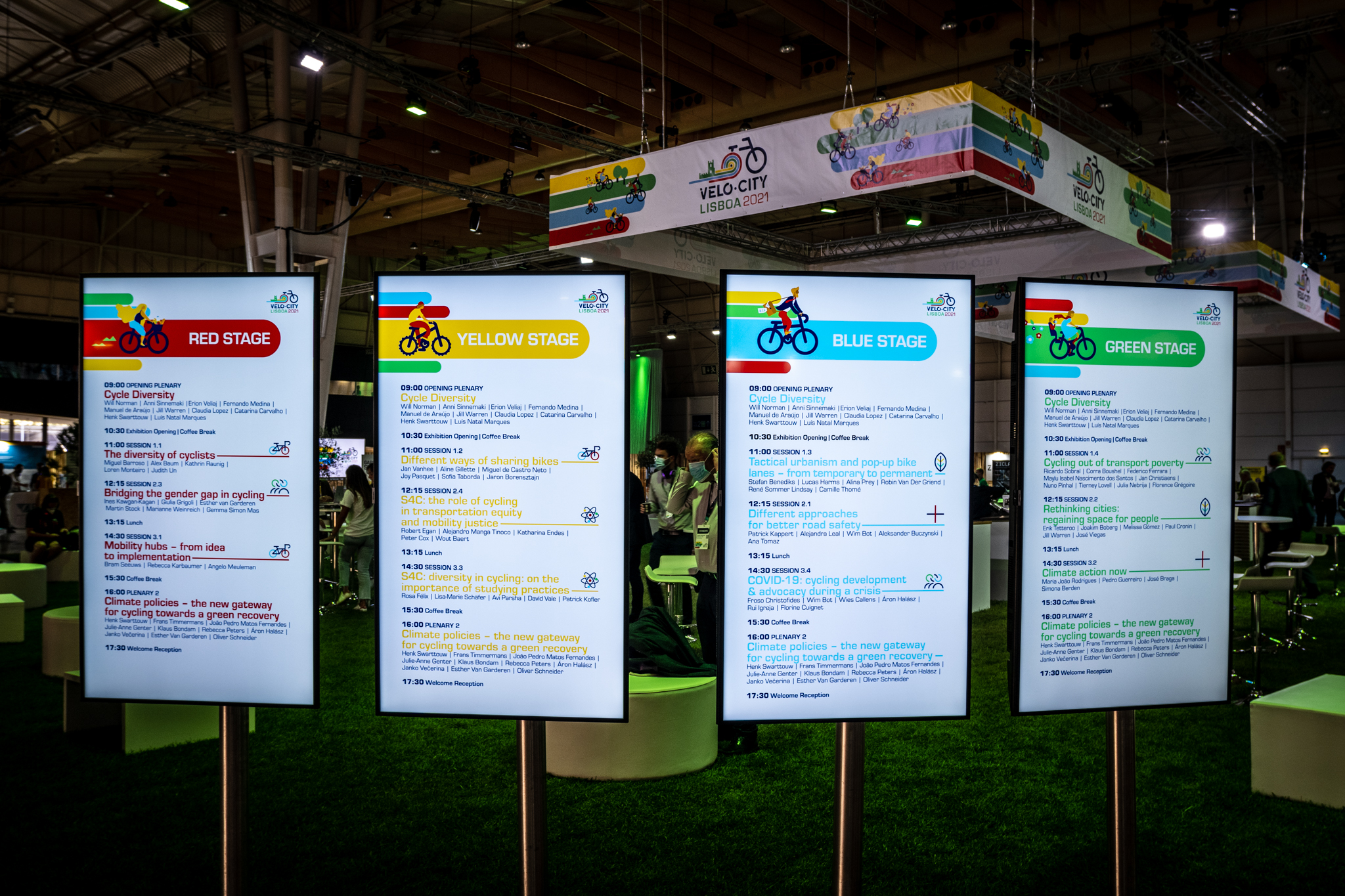
The theme of Velo-city was diversity - the diversity of those who cycle, the circumstances in which they cycle, the political contexts, the diversity of the types of bicycles that exist and the purposes for which each one is used. There was talk of inclusive cities that include all genders and ages, of cities for people that don't prioritize vehicles and allow more choice, of citizenship and how the use of public space can make people more politically involved, of the climate challenge and how the cycling, walking and public transport are essential for this more sustainable and breathable future, of the backlash that the bicycle takes to the streets and social networks, campaigns for road safety and zero road deaths. There was also talk of shared bicycles, the bicycle as a tourist engine, creating space for walking too, cargo bikes and their logistical opportunities, cycling to work or school, 15-minute cities, and the importance of data for political decisions in the field of mobility and urban planning, among other topics.
Among the speakers were professionals from the bicycle industry, journalists, members of organizations linked to mobility, political representatives, activists and researchers. Rafael Vidiella, journalist and founder of CyclosphereCiclosfera, a publication in Spain that brings together more than 400,000 people around cycling, presented the poor representation of the bicycle in the media, testifying that, before launching Ciclosfera, he had heard that the project would not succeed because no one wants to talk about the bicycle or urban mobility, and because the car industry is the one that pays the bills through advertising.
But, "we must not underestimate the power of the bicycle industry"as Matthew Baldwin, European Coordinator for Road Safety and Sustainable Mobility at the European Commission, commented. "It's a normal economic sector like any other, cycling is a normal thing to do and it should be encouraged." He added: "No one will be able to create a climate-neutral city without the bicycle. If you try to do this without the citizens, it won't work. Cities exist where politics meets people." Baldwin, who arrived in Lisbon by bicycle after many kilometers of pedaling, was enchanted by the landscape from the Cascais waterfront ("one of the most beautiful in the world") but displeased with the lack of cycling infrastructure there. "In Lisbon, everyone who visits the city wants to see the same things"he said. If the cycle path that ends in Algés followed the waterfront, it could take tourists to see other areas right next to the capital, he said. "It's time for politicians to put their money where their mouth is"Esther van Garderen, director of Fietsersbond, an organization that represents the interests of cyclists in the Netherlands and works to expand and improve cycling infrastructure, said.
Sandra Wolf, managing director of Riese & Müller, one of the best-known bicycle brands, emphasized that "we have a product that is environmentally friendly but we also have to produce it in a sustainable way"in an allusion to the batteries that equip electric bikes and more. The Portuguese bicycle industry was also present at Velo-city through ABIMOTA, the National Association of Two-Wheel Industries. Portugal is the largest producer of bicycles in the European Union and one of the largest in the world, but only 8% of the bicycles produced in Portugal are destined for the domestic market.
In a panel dedicated to roadways and in particular to "cycle highways" (wide and extensive cycle paths that seek to connect different localities), some projects in different cities were presented - in addition to Barcelona, Hamburg (Germany), Utrecht (Holland), Leuven (Belgium) and Copenhagen (Denmark) are also creating these multi-municipal projects. For the time being, each one has its own name, its own color, its own number; and they don't even appear on Google Maps, unlike conventional highways. For this reason, the need for a convention similar to the one that has existed for roads since 1992, a common nomenclature, has been debated.
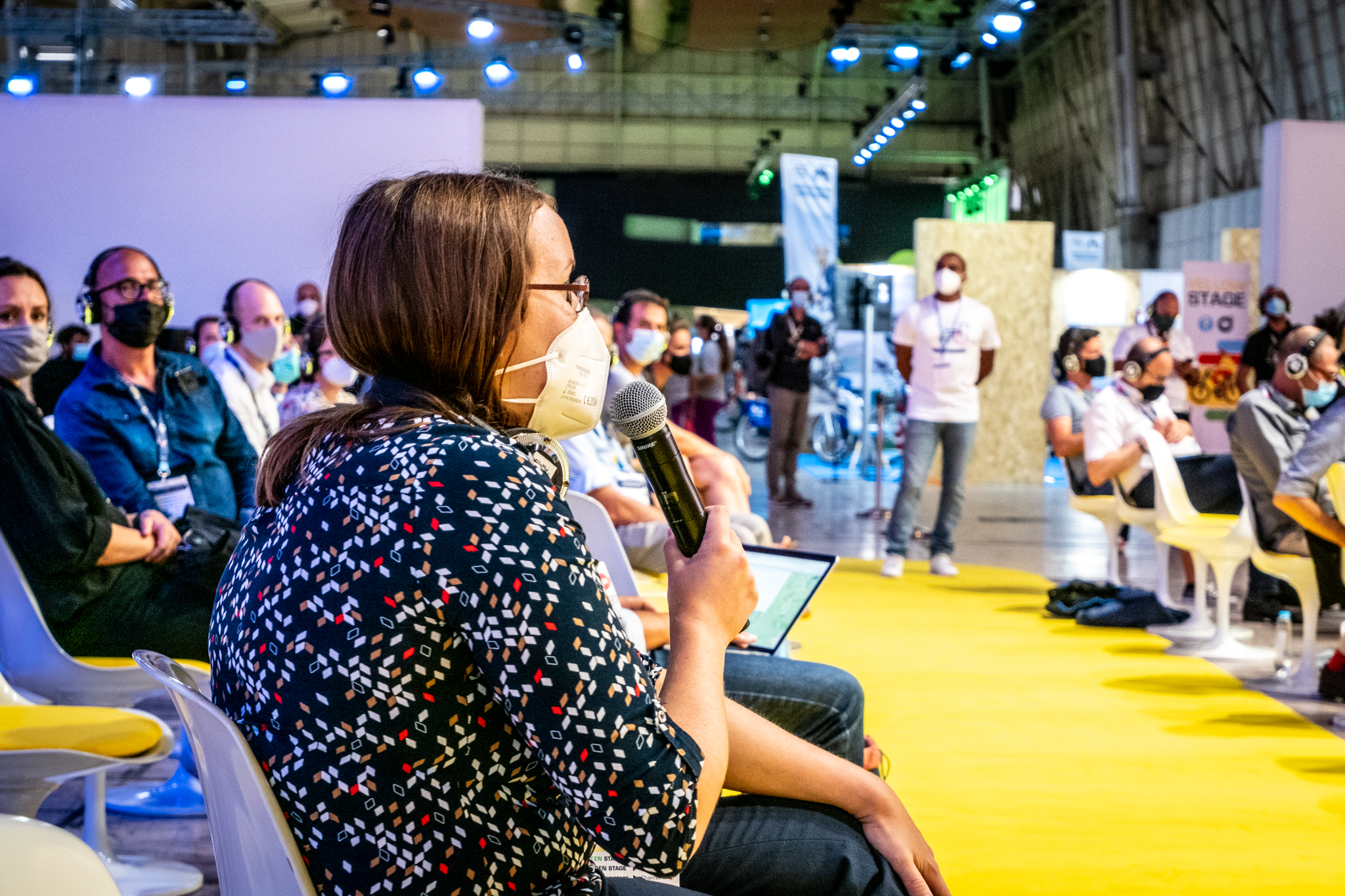
"Everyone I've spoken to at this conference says that their city is a city of cars. I say it's not your city, it's the whole world." Words of Chris Bruntlett, a Canadian living in the Netherlands, marketing and communications manager at the Dutch Cycling Embassy, who also dropped a grace: "People don't come back from Amsterdam and say it was good and they liked it, but they wanted more cars around." Political leadership and trust are needed. For Erion Veliaj, mayor of Tirana, "the biggest challenge" to increase the use of bicycles "it's not about the number of kilometers built, but about the mentality", e "it's from here to there, from one ear to the other", referring to a cultural and behavioral change "People are suspicious of politicians, the best change comes from children"he added, leaving the air still open a provocation: "If we want drivers to be only 1/3 of the people who move around a city, then we can't have more than 1/3 of urban space dedicated to cars."
Several Portuguese companies took to the stage at Velo-city to show what's being done here. Lisbon City Council presented its Bicycle Trains project, which has taken hundreds of students safely to school by bicycle, or the program to support the purchase of bicycles. EMEL presented the BiciParks network or the GIRA bike-sharing system; Manuel Banza, the company's data scientist, showed the work he has started on GIRA, which will allow the service to be optimized in the future - as the bikes have integrated GPS, it is easy to know where users are travelling and this information can be used to decide the location of future stations. Immediately after the lockdown, Banza showed, the average length of journeys increased sharply compared to the pre-pandemic period, demonstrating people's high demand for the outdoors and for getting away from their homes.
Rosa Félix, a researcher in Urban Cycling Mobility at the Instituto Superior Técnico (IST) and a free-time cycling activist, spoke about inclusive cities and showed her map of Lisbon's slopes, also known as "Rosa's map", which shows that most of the city's streets are good for cycling due to their low gradient. Frederico Lopes, a researcher in the area of Human Movement at the Faculty of Human Motricity (FMH) of the University of Lisbon and a defender of play, spoke about cities that include children and allow them to play in public spaces. "The city must allow children and young people to create uncertainties while playing because that is the solution to their development"he said during his presentation. "If we build a successful city for children, we are creating a successful city for everyone." He added that the game should also be played by adults.
The Velo-city ended with Carlos MorenoHe is an urban planner and promoter of the "15-minute city" and "half-hour territory" concepts, who has been helping the City of Paris to apply this philosophy to its urban space. He says that cities should be shaped around four values: reducing, proximity, solidarity and empowerment. He talked about the mono-singular uses of certain buildings, such as business towers that fill up at the beginning of the day and empty out at the end of the afternoon, forcing people to travel long distances every day, and suggested reusing city buildings for different purposes throughout the day - such as school playgrounds which, after school hours or during the vacations, can be used for outdoor gyms or other activities to serve the neighborhoods. "We don't have to accept that we have to live in a city ruled by cars"he said. "Until now we have accepted the unacceptable: living in the minimum city, the hectic city. We need to change that today. We need to change the rhythm of the city."
He later referred to a provocation by Lisbon's councillor for mobility, Miguel Gaspar, that the 15-minute city is a city that gives priority to walking and cycling and is not compatible with car use. After Velo-city, Carlos Moreno attended a side event at the Ler Devagar bookstore, where he discussed the concept of the "15-minute city" in more detail with Professor João Ferrão, from the Institute of Social Sciences of the University of Lisbon (ICS-UL) and the collective Compromisso CidadeHe explained the difference between a polycentric city and a multicentric city, the latter made up of neighborhoods where people are surrounded by all the services they need, and responded to one of the criticisms of the "15-minute city" - which forgets the outskirts - with the concept of the "half-hour territory", which already includes public transport.
Listening to Velo-city everywhere
FIL's Pavilion 1 contained the conference's four stages, plus two smaller ones next to the exhibition and social areas. The logistics of fitting different sessions simultaneously into the same space would have been complicated without the solution found by the organization: to attend a particular conference, you had to tune in to the appropriate channel on the headphones that all participants received on the way in and had to return on the way out.
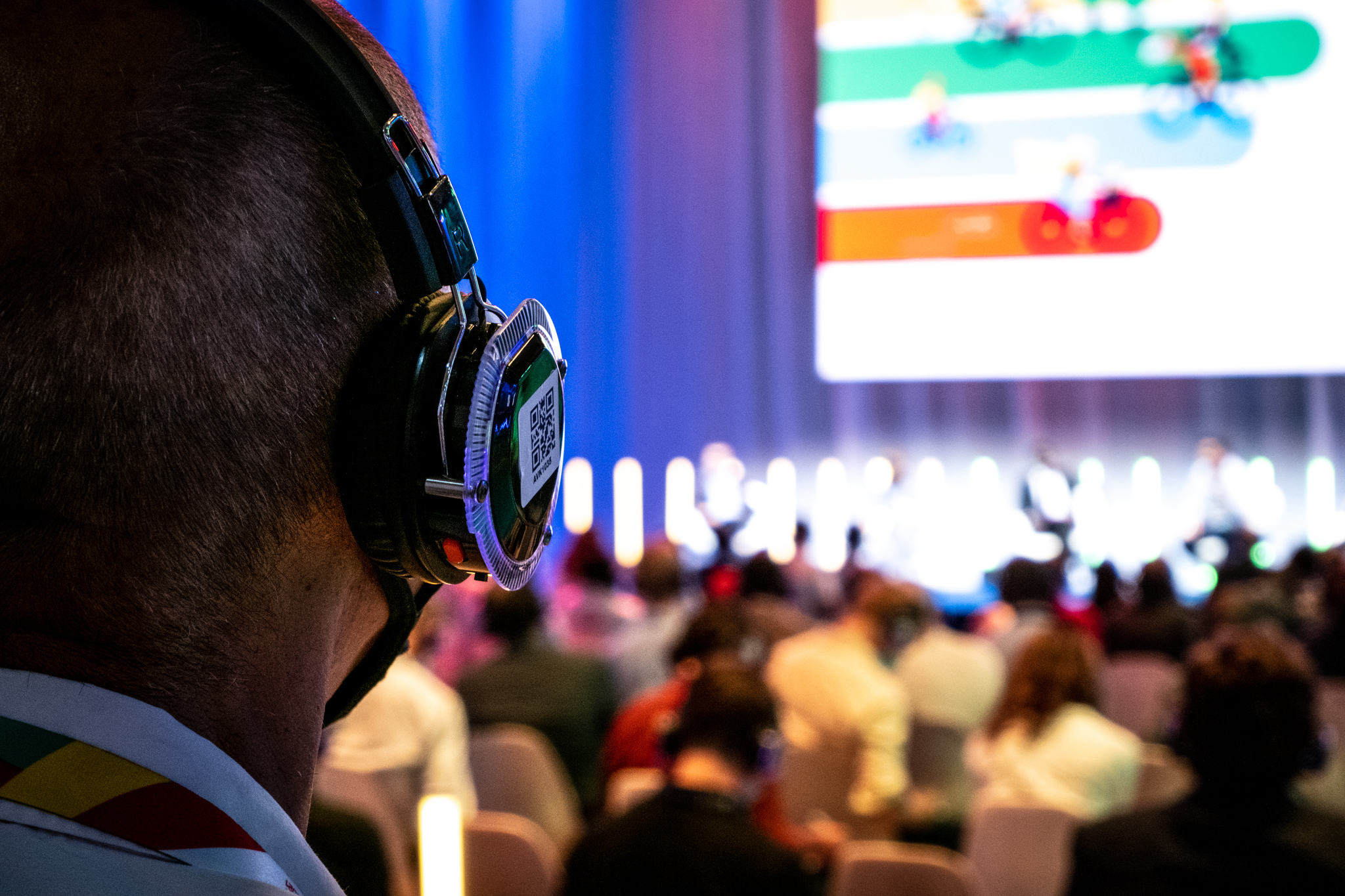
The Blue Stage, the main stage, had more than one channel to allow the audience to tune in to the language of their choice: English, Spanish or Portuguese. There was real-time translation by a group of translators. This solution with the headphones made the venue much quieter than it would otherwise have been and also made it possible to jump from session to session (there were simultaneous conferences) without leaving where you were sitting. If a particular session wasn't interesting, all you had to do was change the channel on your headphones to take a peek at the other stages. The headphones also allowed you to continue listening to the speakers in the catering or even in the bathroom.
You could also walk around the Velo-city exhibition with your headphones on. Among the exhibitors were Portuguese organizations such as CP, TML, EMEL, Via Verde, Lisbon City Council, MUBi and ABIMOTA with a stand featuring different companies from the sector. There were also pavilions from the Dutch Cycling Embassy with a display of different Dutch projects, the Danish Embassy, Ljubljana and Cyclings Industries Europe, which brought together different companies. You could discover shared bicycle systems, rain cases, signage and lighting solutions for cycle paths, technologies for counting cyclists. All in all, the exhibition showed the diversity of the bicycle industry and how it goes far beyond vehicles.
Velo-city extended beyond the gates of FIL. The so-called technical visits allowed participants to get to know Lisbon's projects in situ, such as EMEL's workshops where GIRA's bicycles are repaired, the digital meters that were recently installed on the city's cycle paths or two public space interventions that took space away from the car and gave it back to people. For this visit, a group of around 30 interested people, who had signed up in advance, were taken on a Carris electric bus to Praça de Espanha and Praça Duque de Saldanha.
Here, Bernardo Campos Pereira, a mobility consultant for Lisbon City Council, presented the two speeches in general terms and the different participants, of different nationalities and with different experiences, immediately asked questions and raised doubts. An interesting debate of ideas ensued: a Dutch participant, for example, pointed out that in her country she would never wait for five traffic lights in a row to travel a few meters; another participant questioned the mandatory sign to indicate the start of the cycle path. "This is a process, not a project"Bernardo Campos Pereira responded by pointing out that there are different wills and ideas within the City Council itself and that compromises need to be found.
Velo-city has ended in person but will last at least a year digitally. It is on a digital platform that all the sessions will remain available until 2022, allowing all participants - with a digital ticket or a ticket for the face-to-face version - to attend the conferences they missed during the four days of the event or to review some of the content. For those who were at FIL, Velo-city was above all an event of networking; it was a chance to catch up with some of the ideas and projects that are being developed around the world, but above all to meet new people, revisit old friendships or talk to those contacts that until now were only digital.
For this reason, Velo-city had various social events, such as the lunches and snacks that were included in the ticket price, the dinner on the second day of the event or the traditional bike paradeThe event, which took place on the penultimate day, consisted of a walk between all interested participants (more than 500 people) between FIL and Parque Mayer, passing through Praça do Comércio.
Velo-city will be heading to Ljubljana in 2022. In Lisbon it was an event centred on the bicycle and supported by bicycle organizations and the bicycle industry, but above all it was a conference about the future of cities and mobility, a future centred on people and not vehicles. The bicycle was the link but a pretext, and perhaps if it hadn't been so present, Velo-city could have been a broader conversation and not just aimed at those who are already converted to the city paradigm that will end up being necessary for a future in climate crisis.
